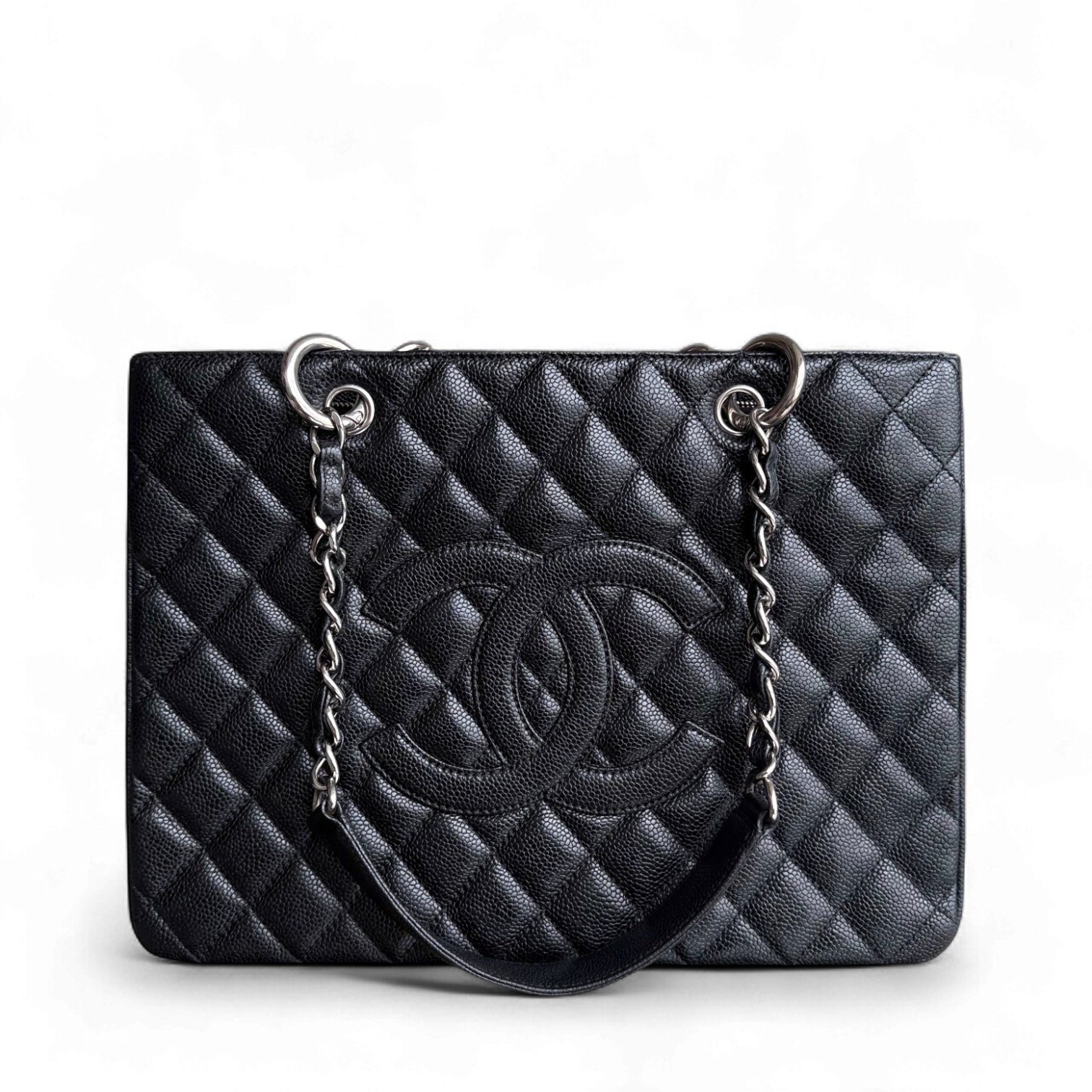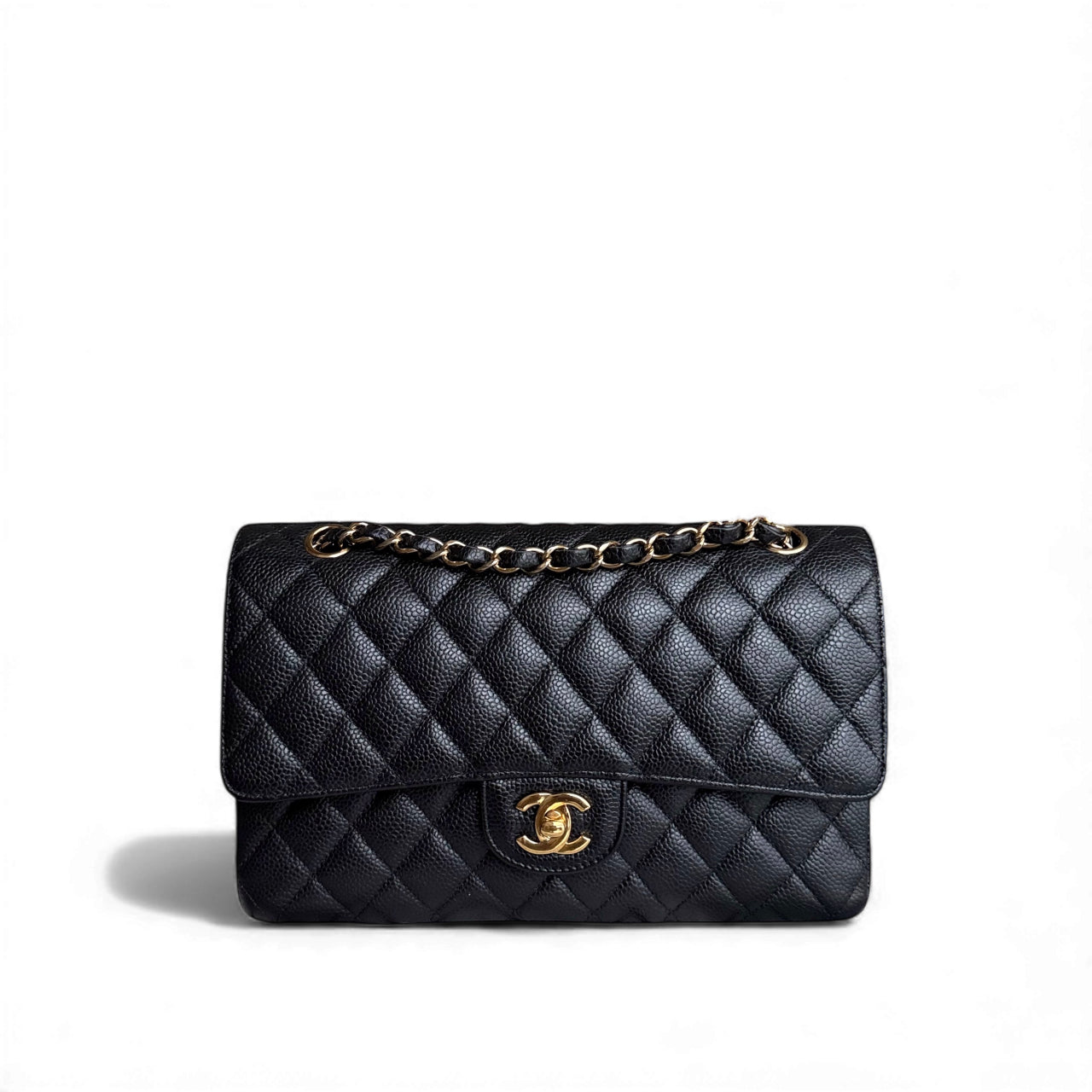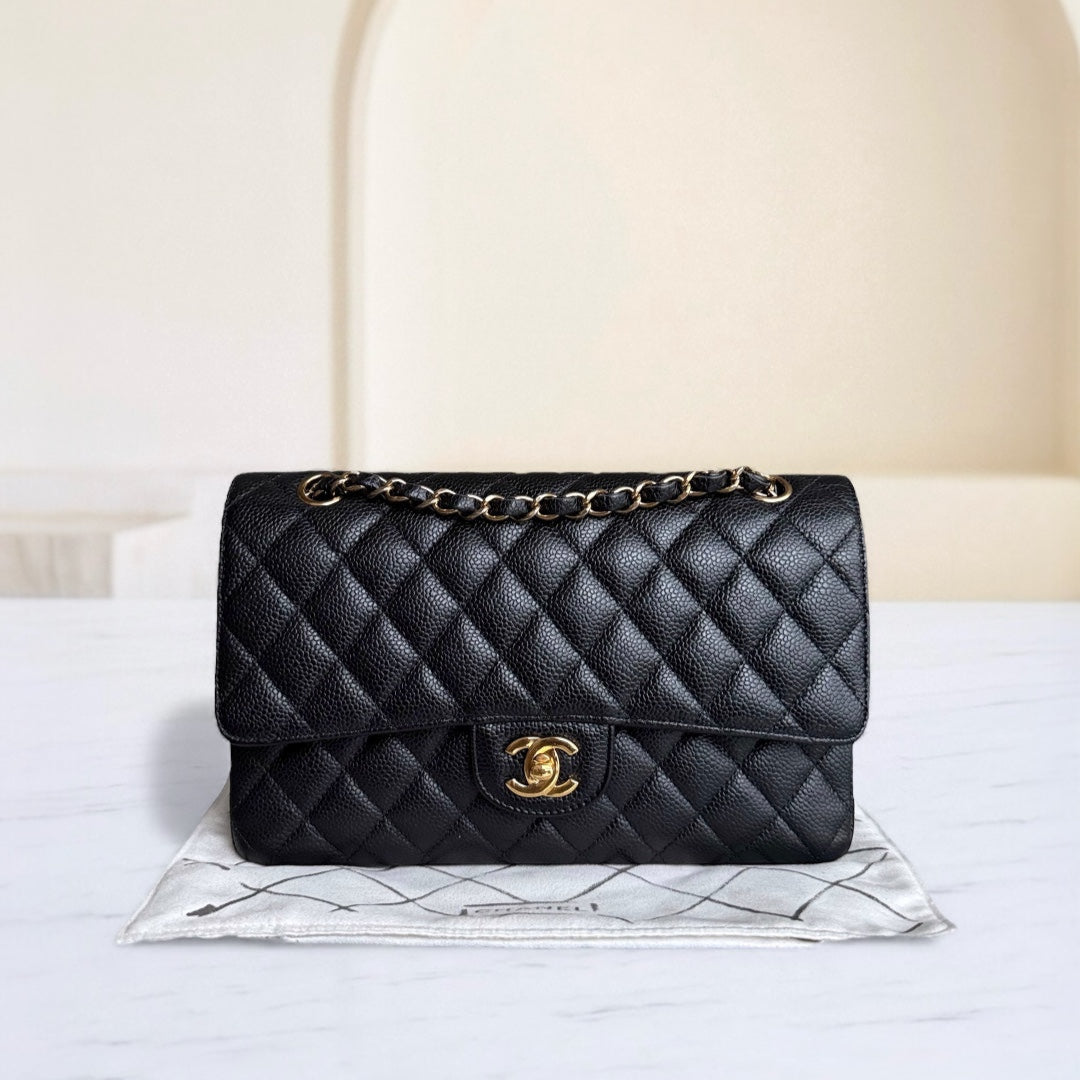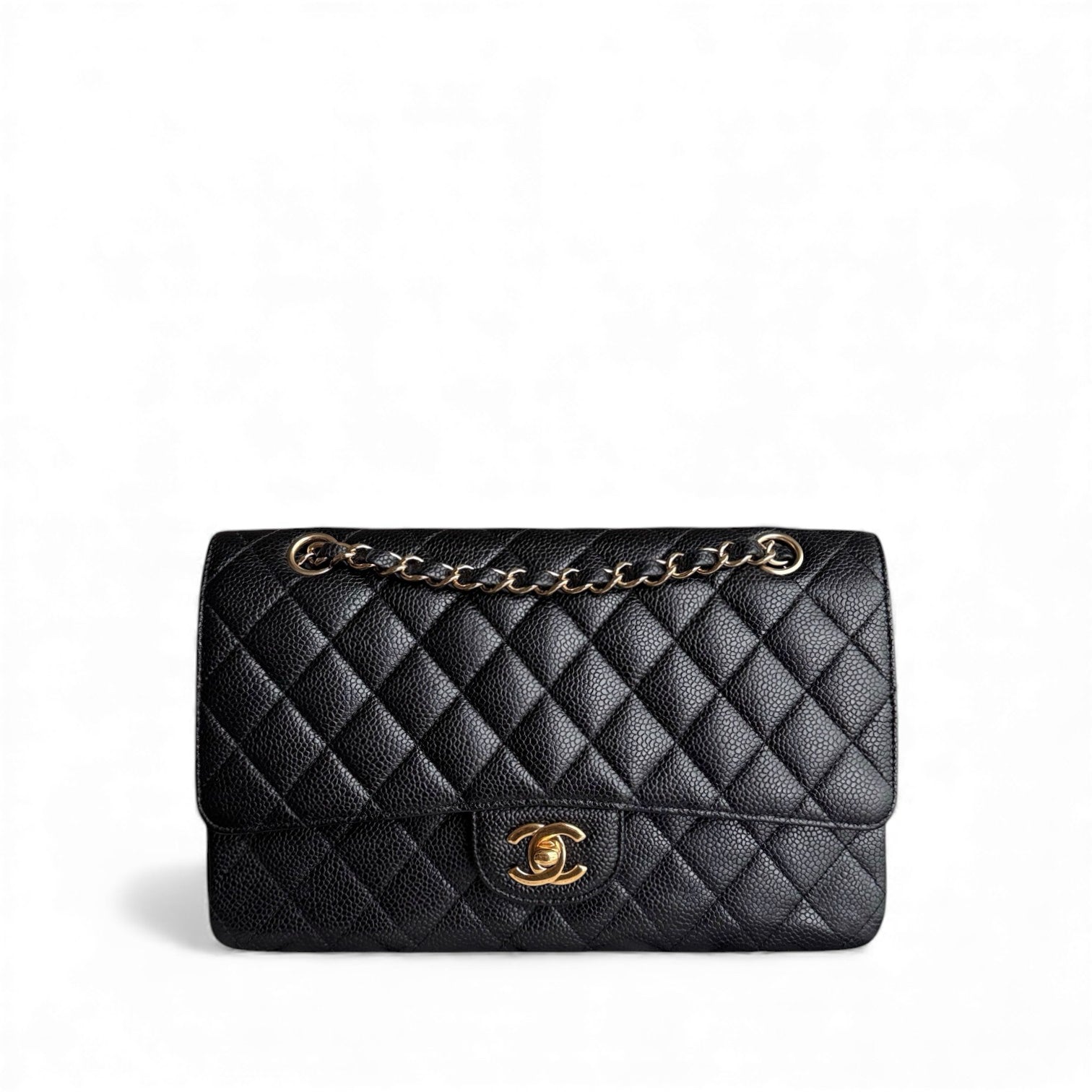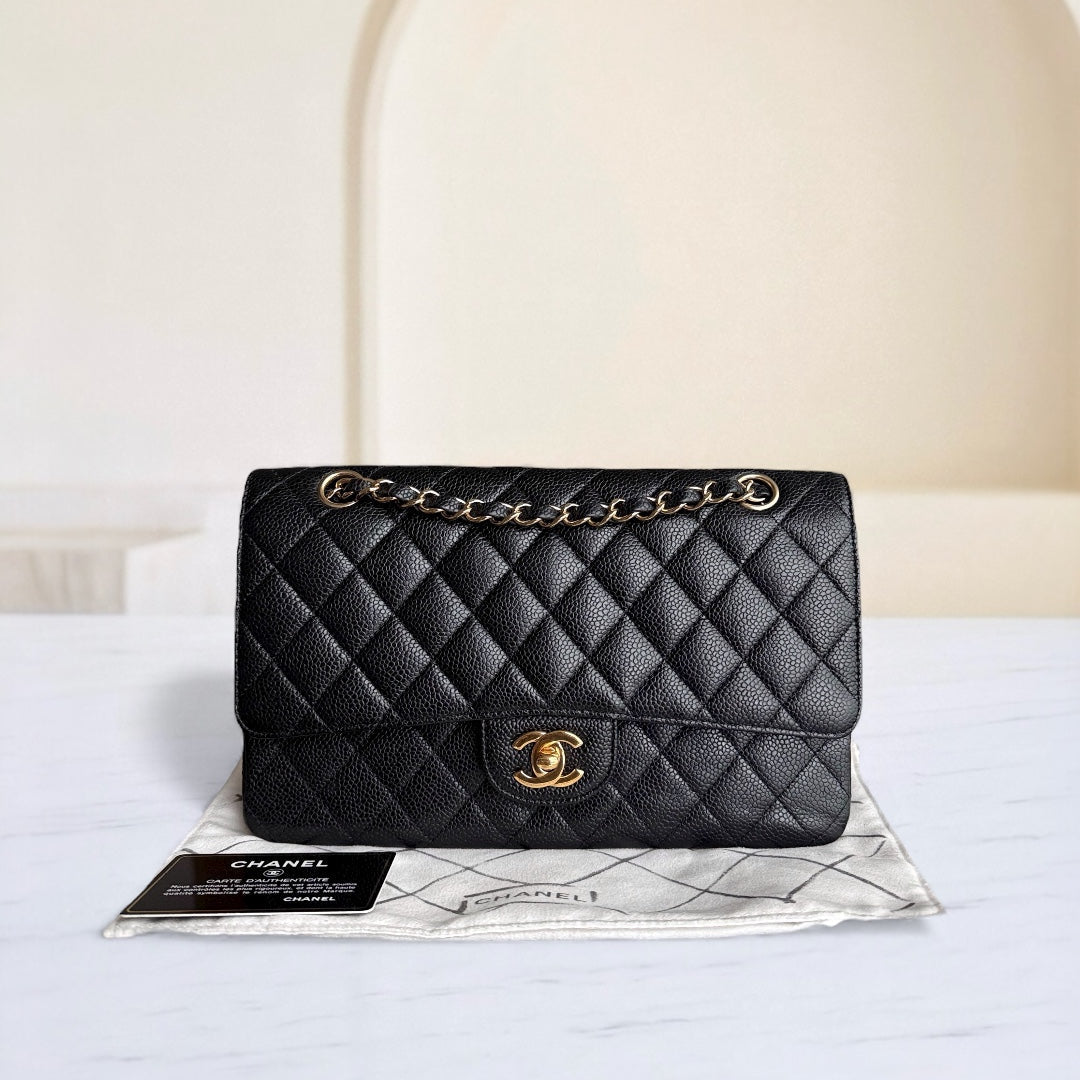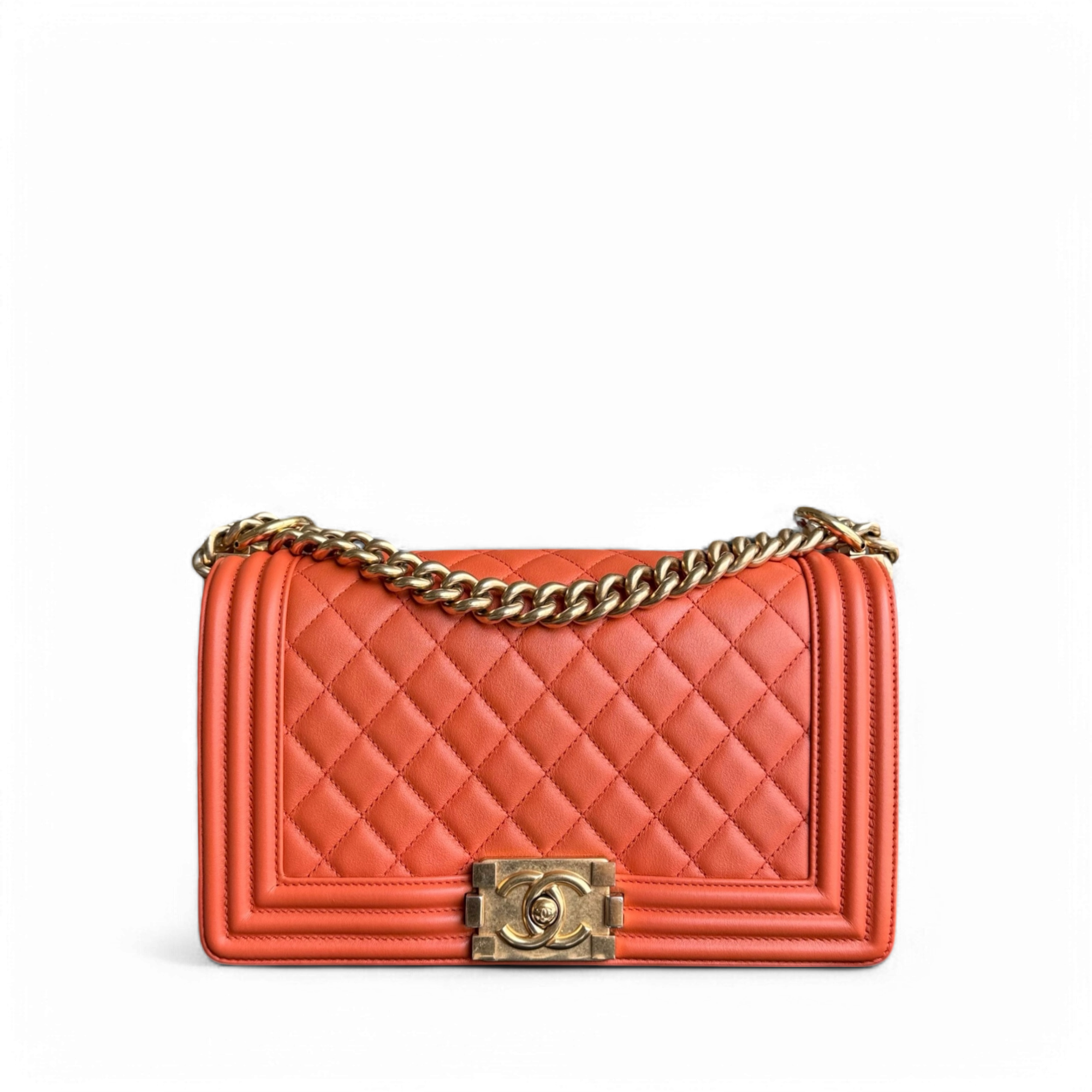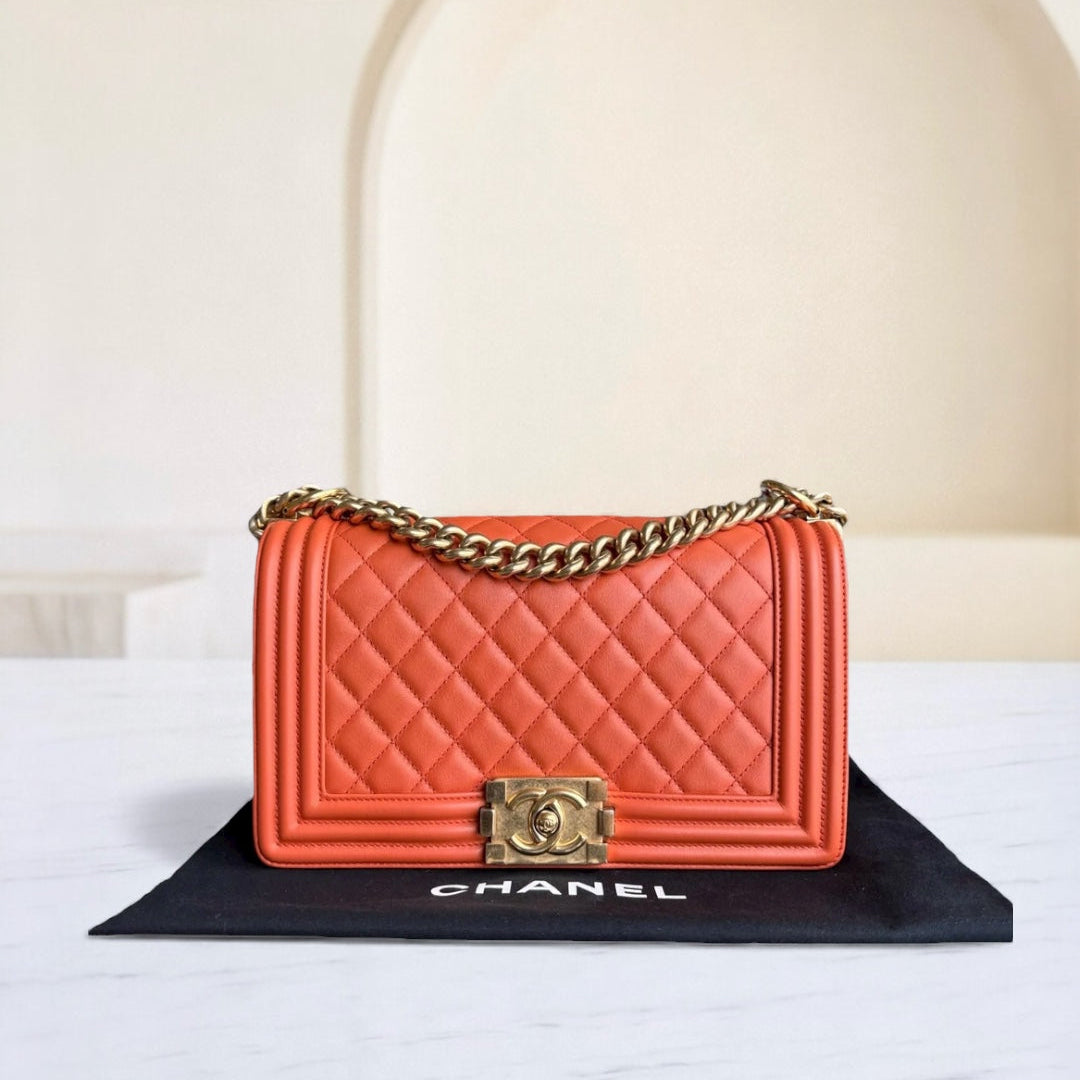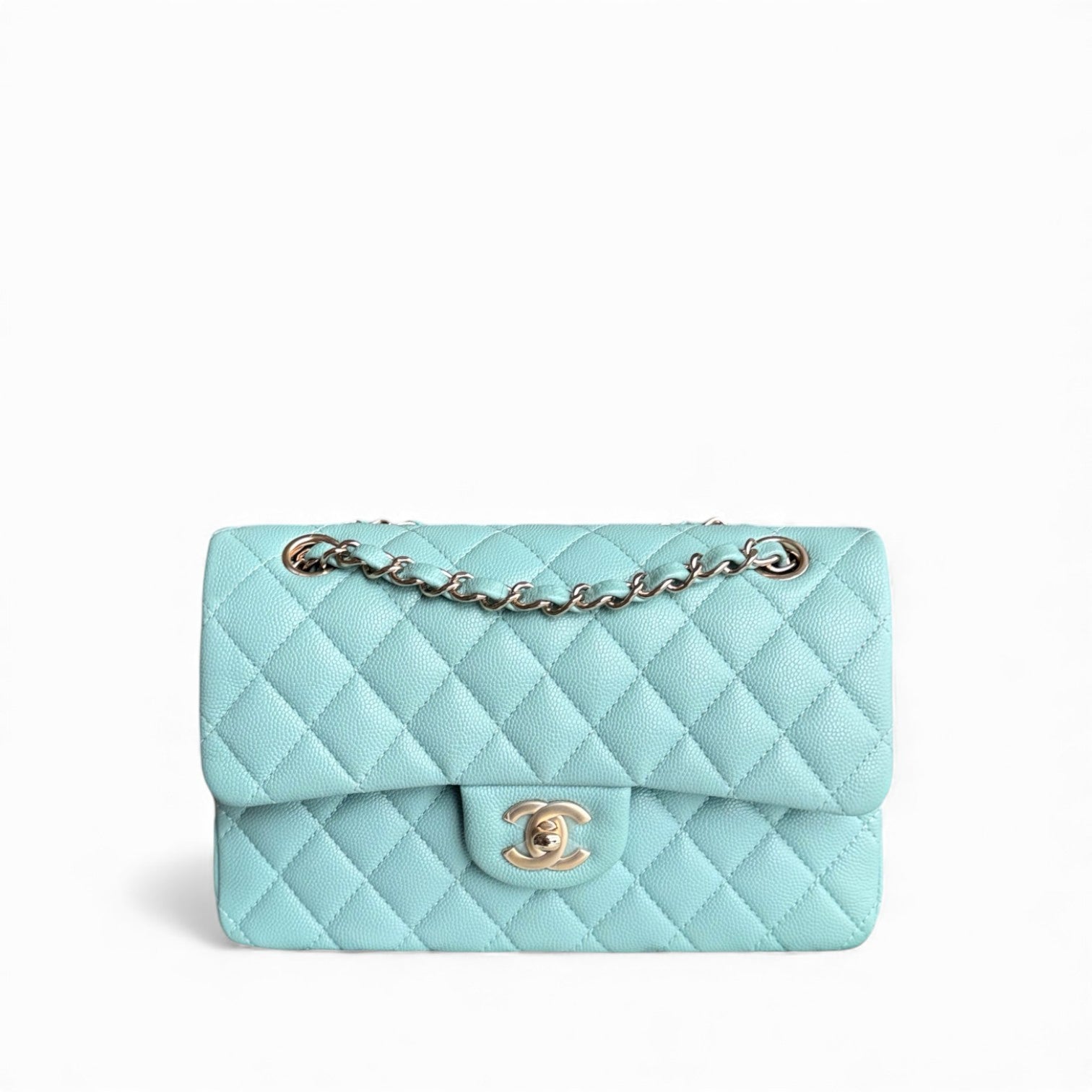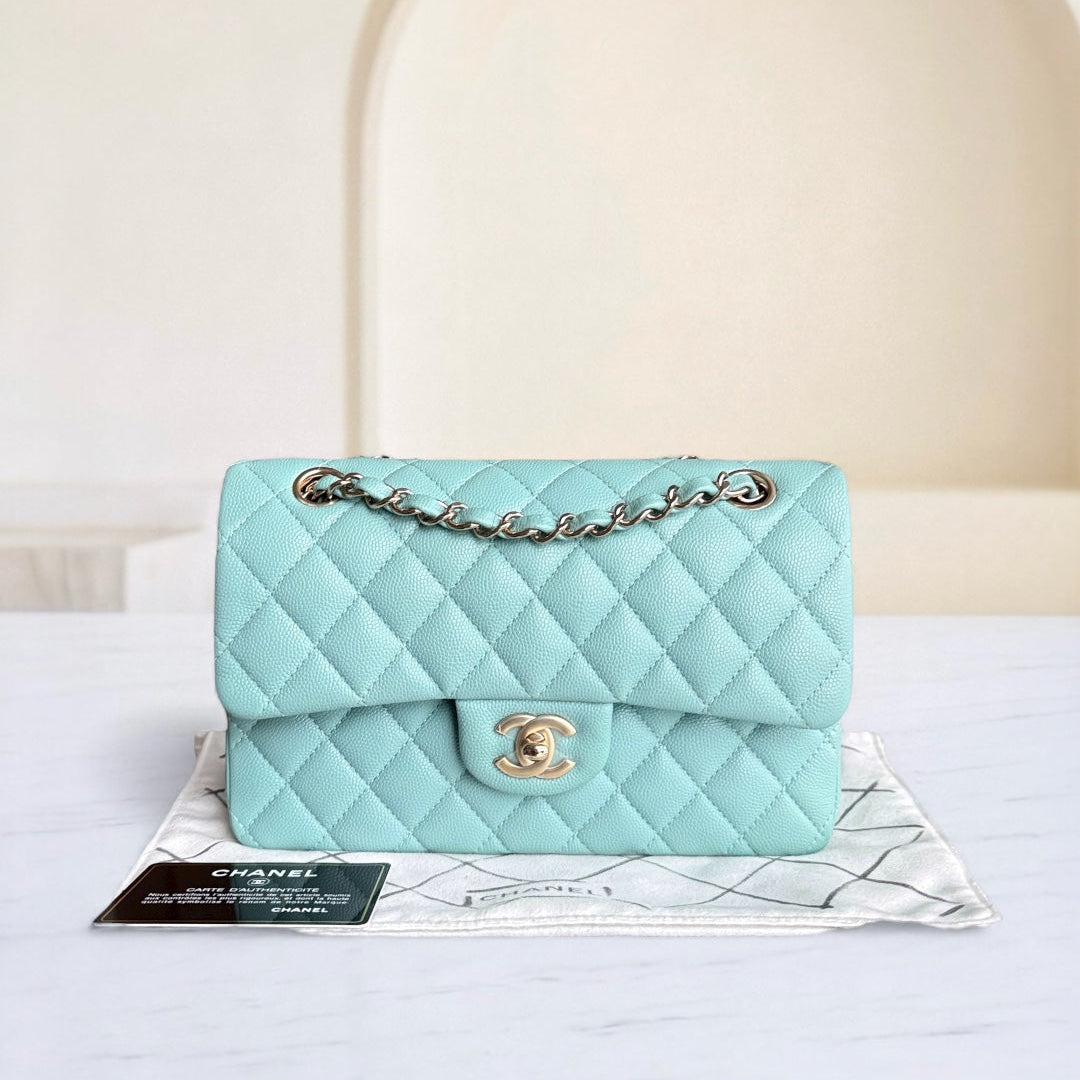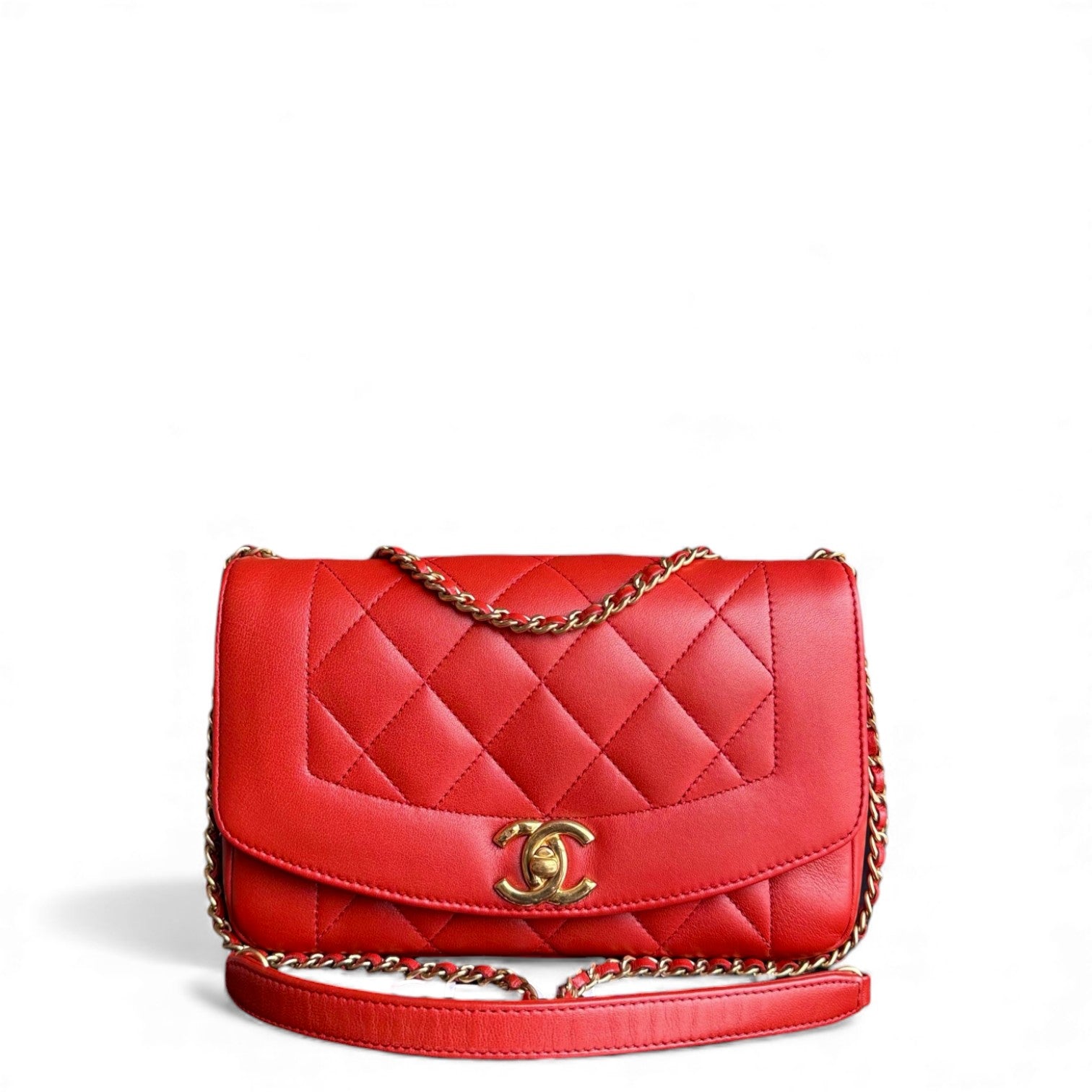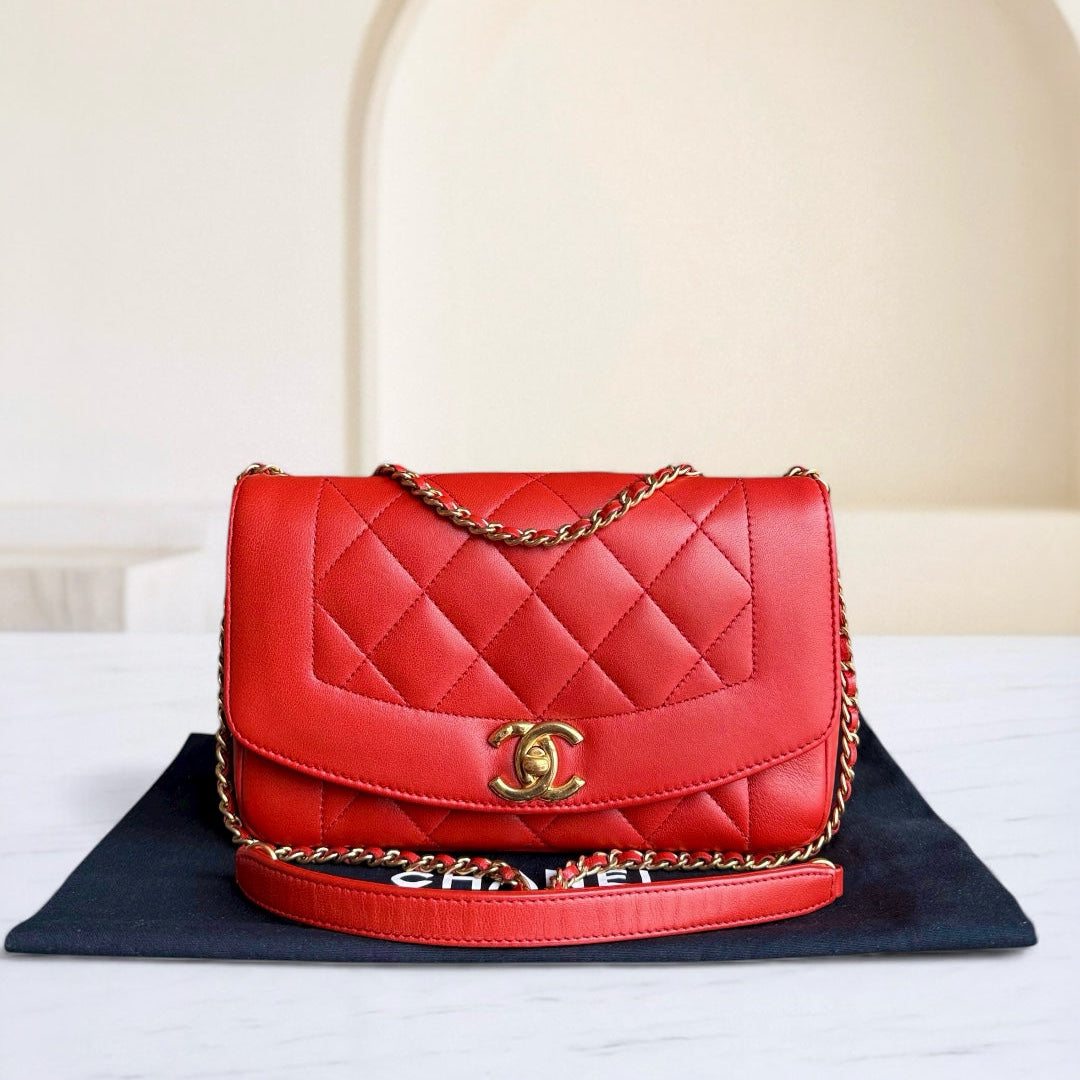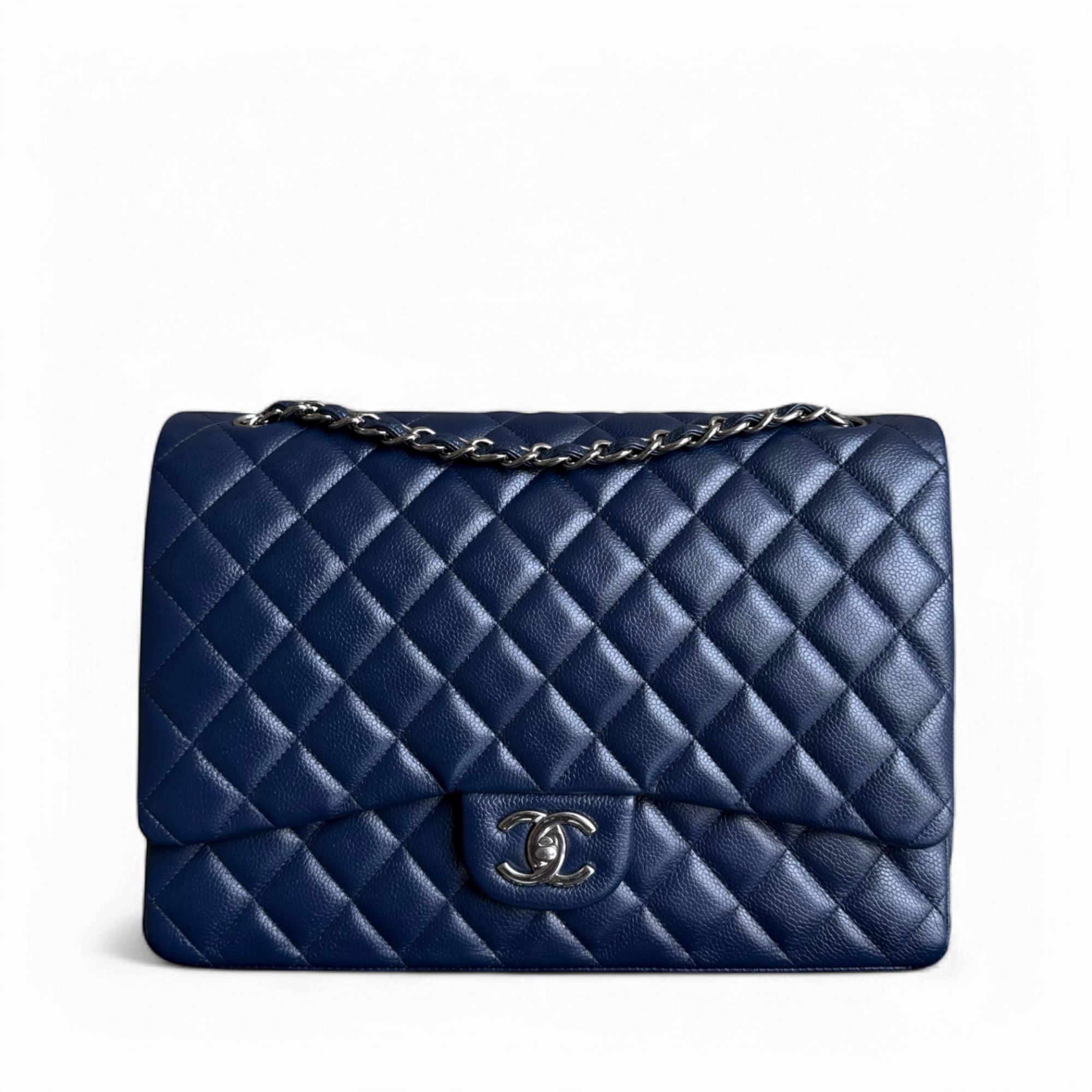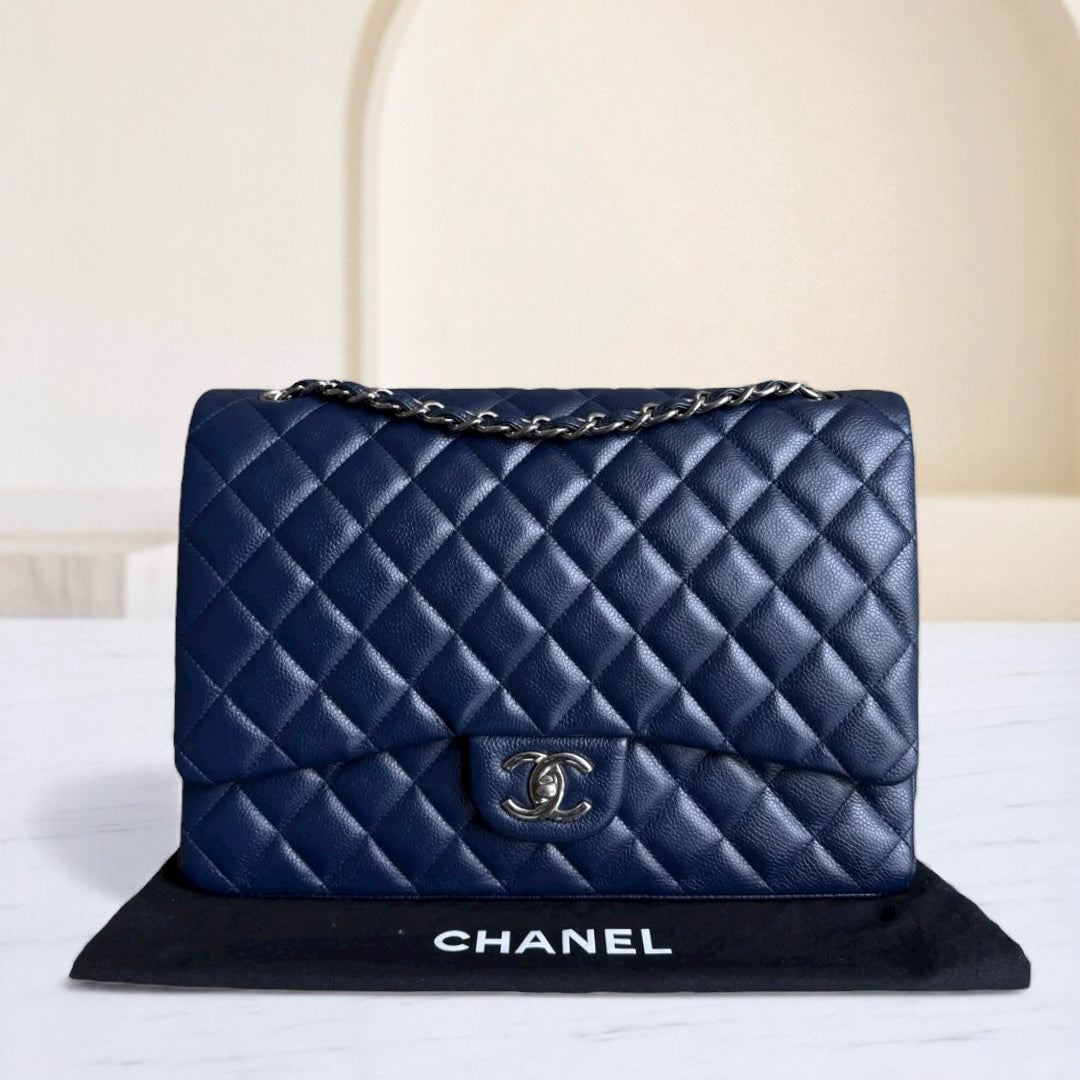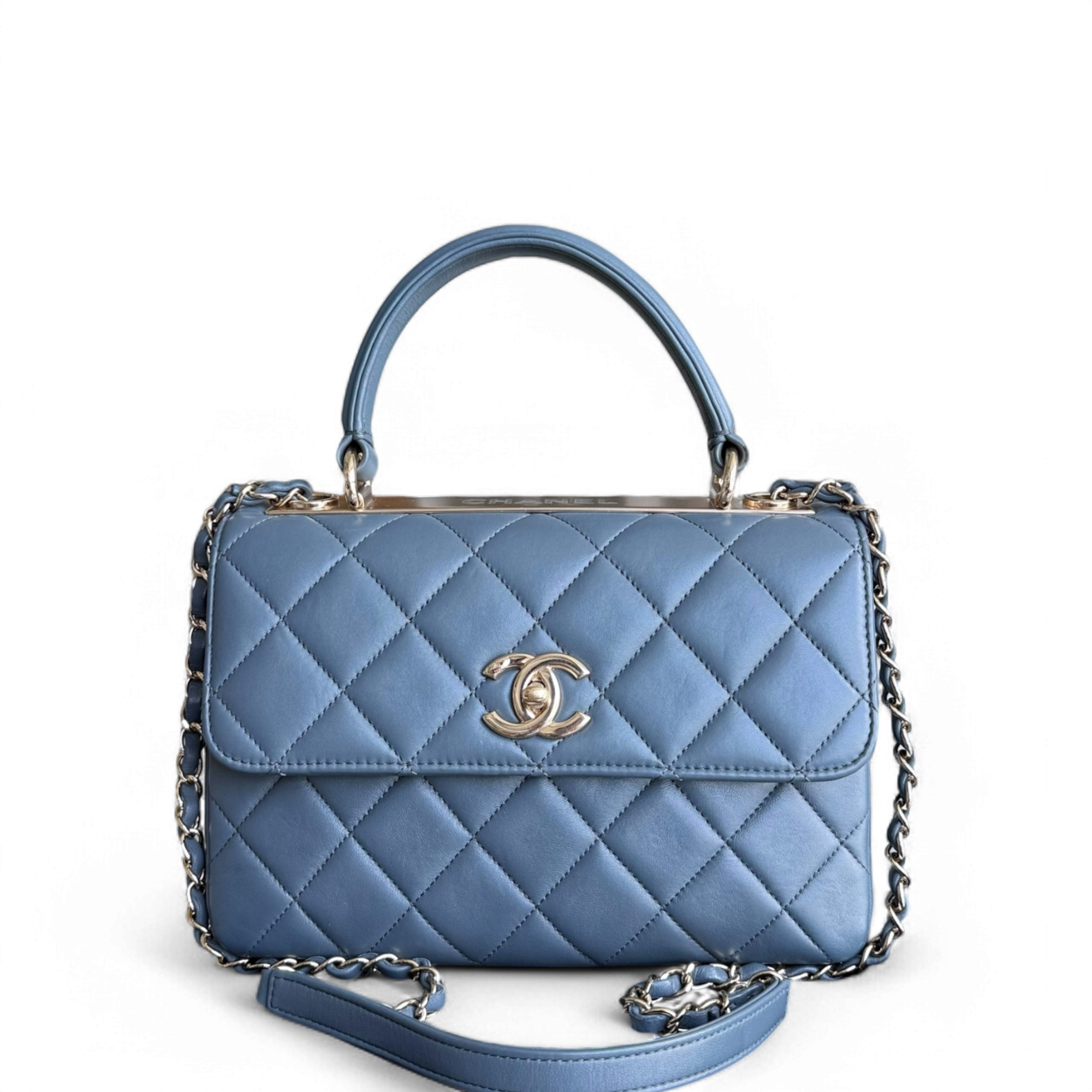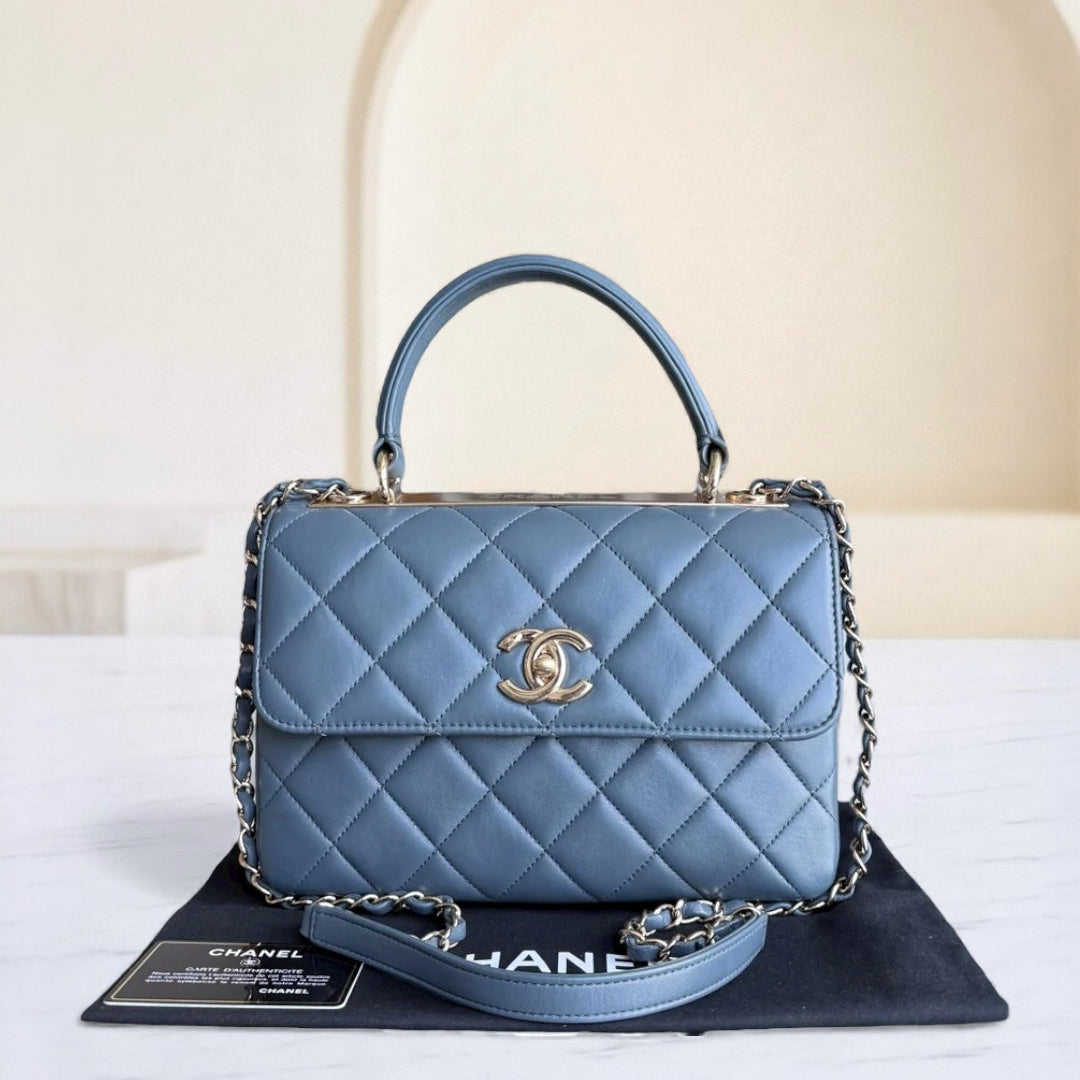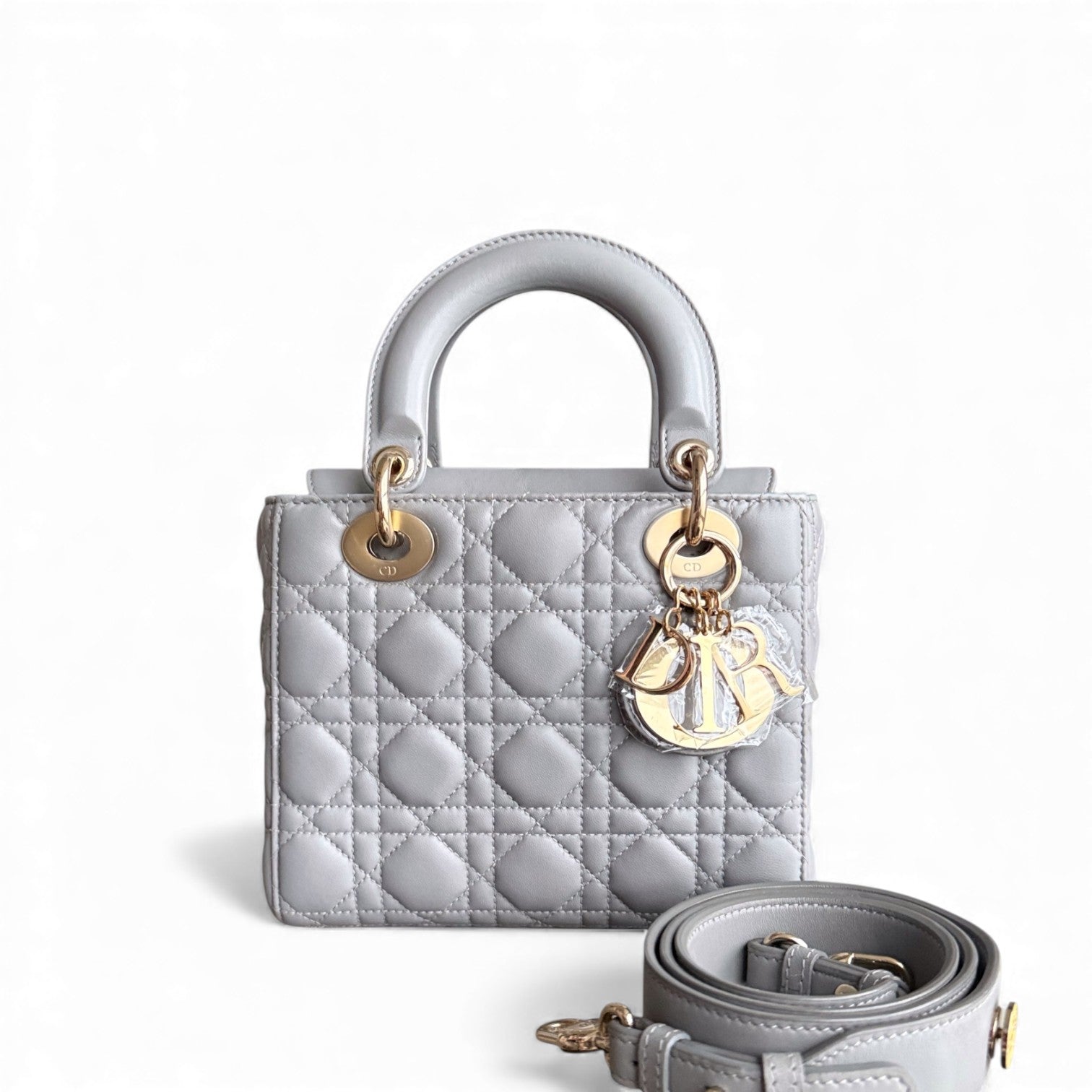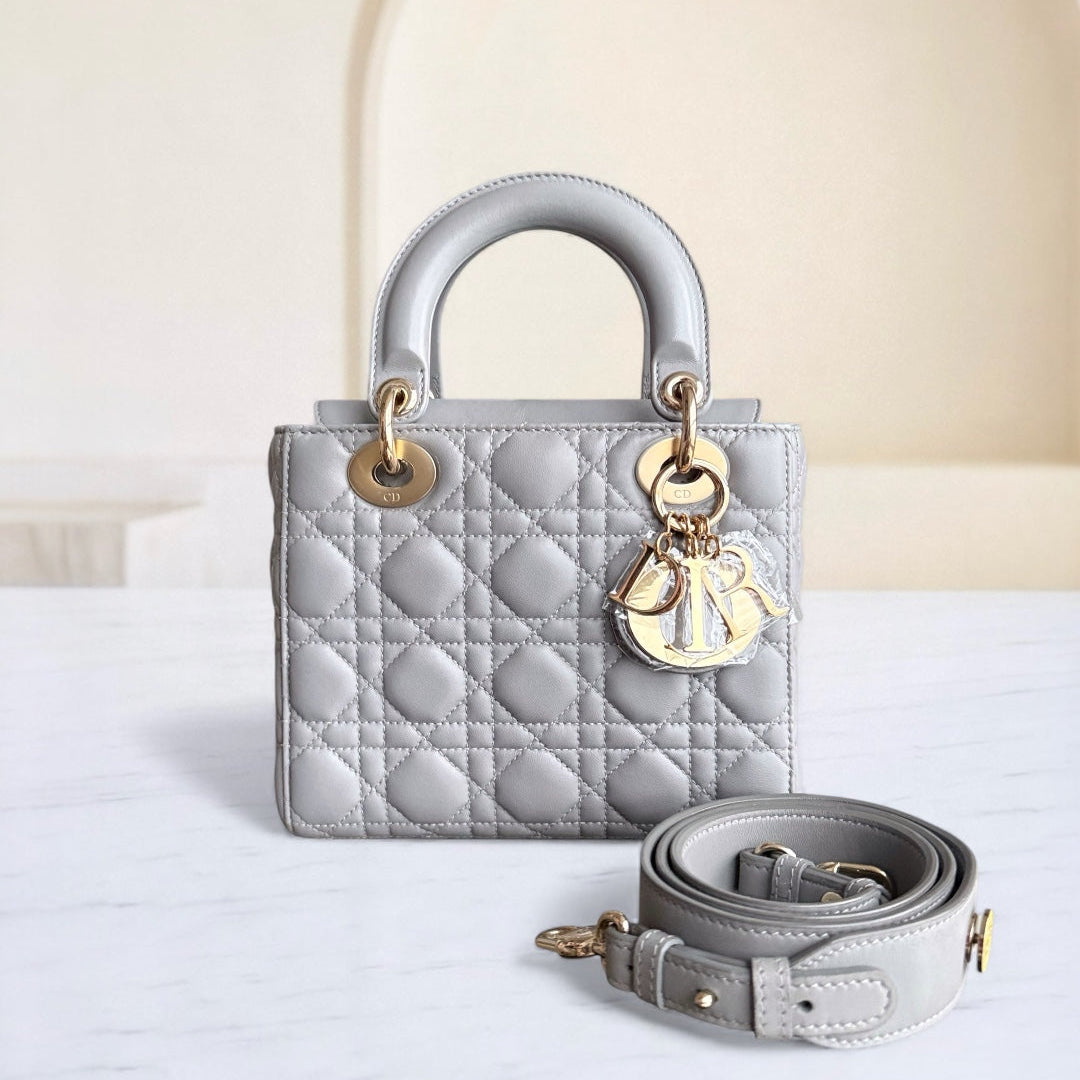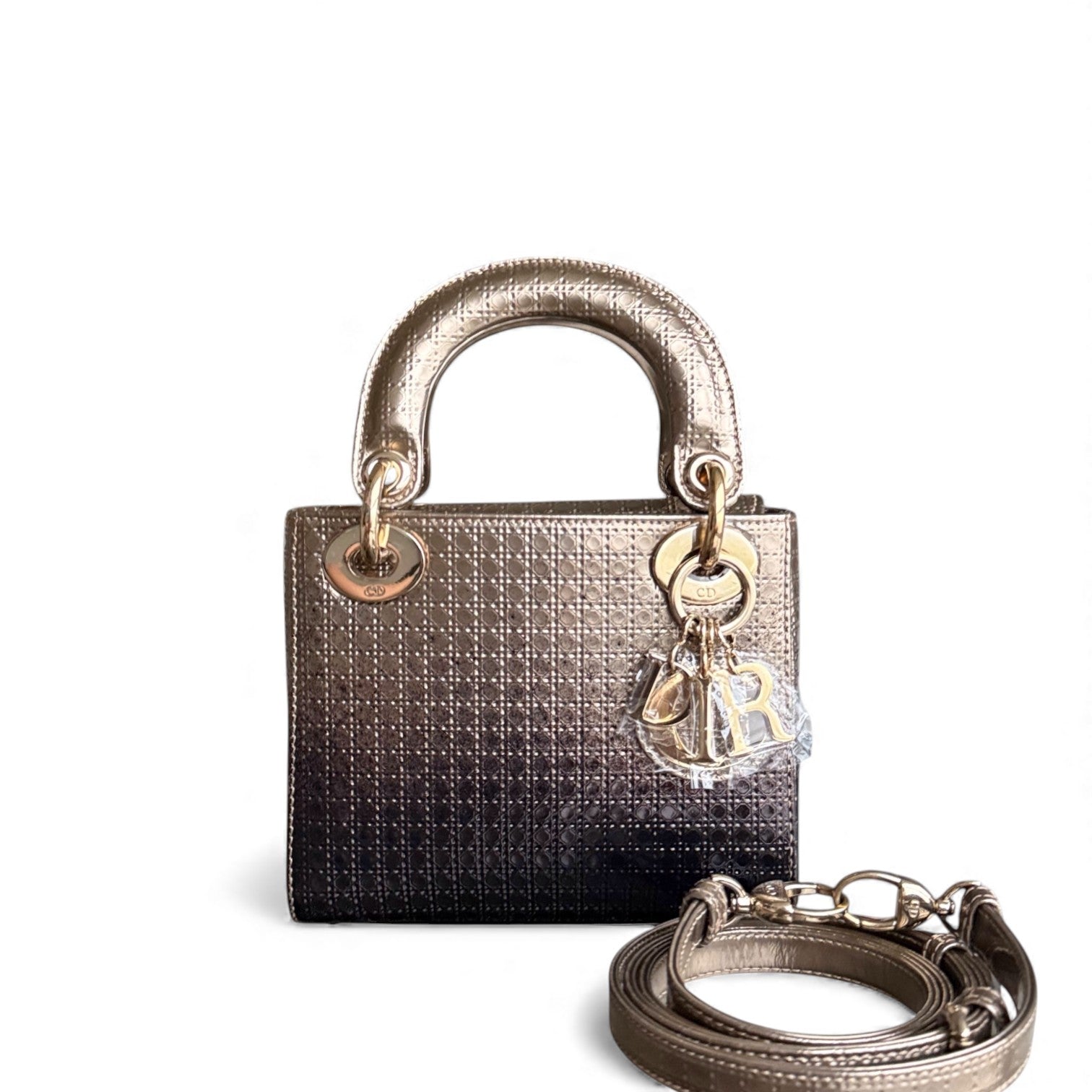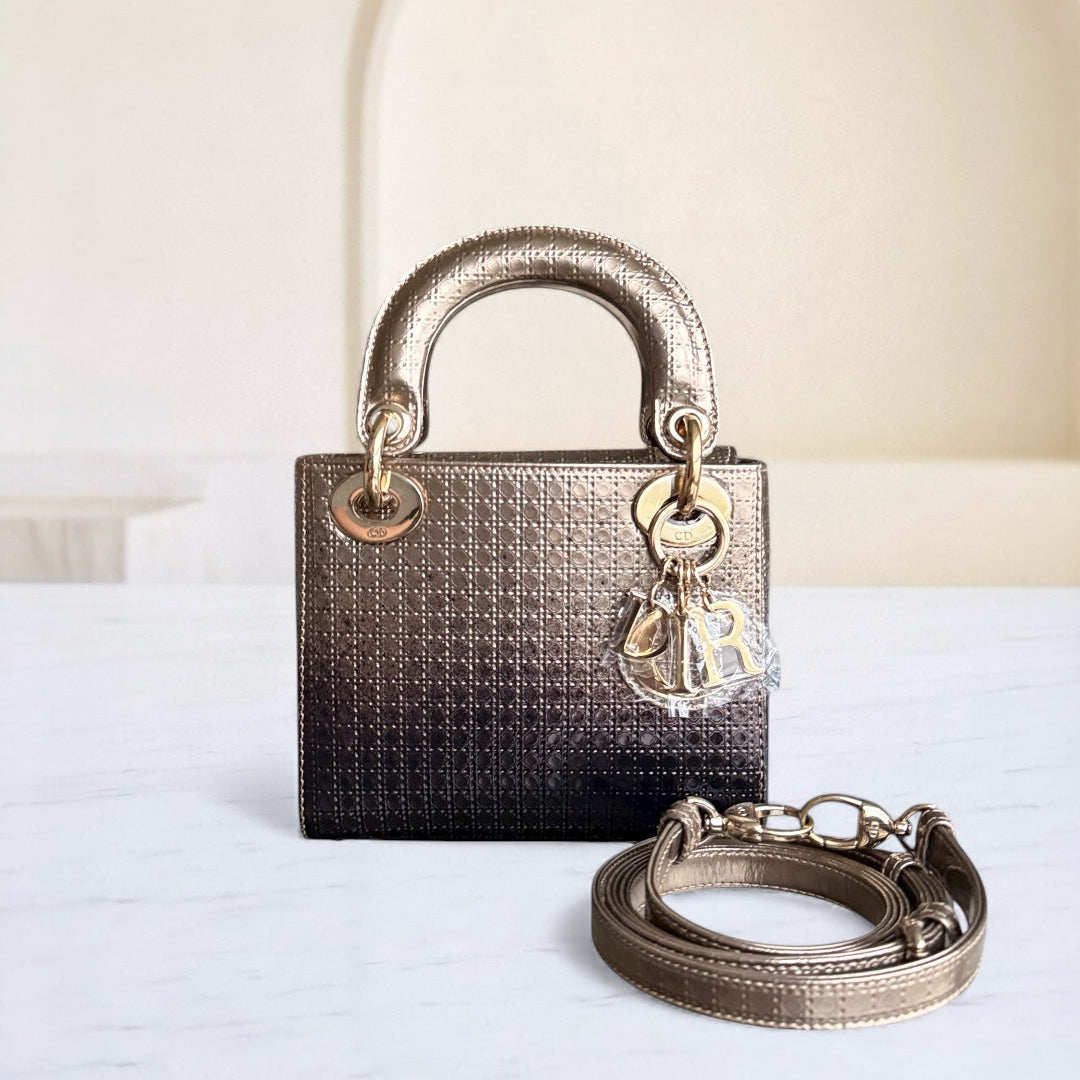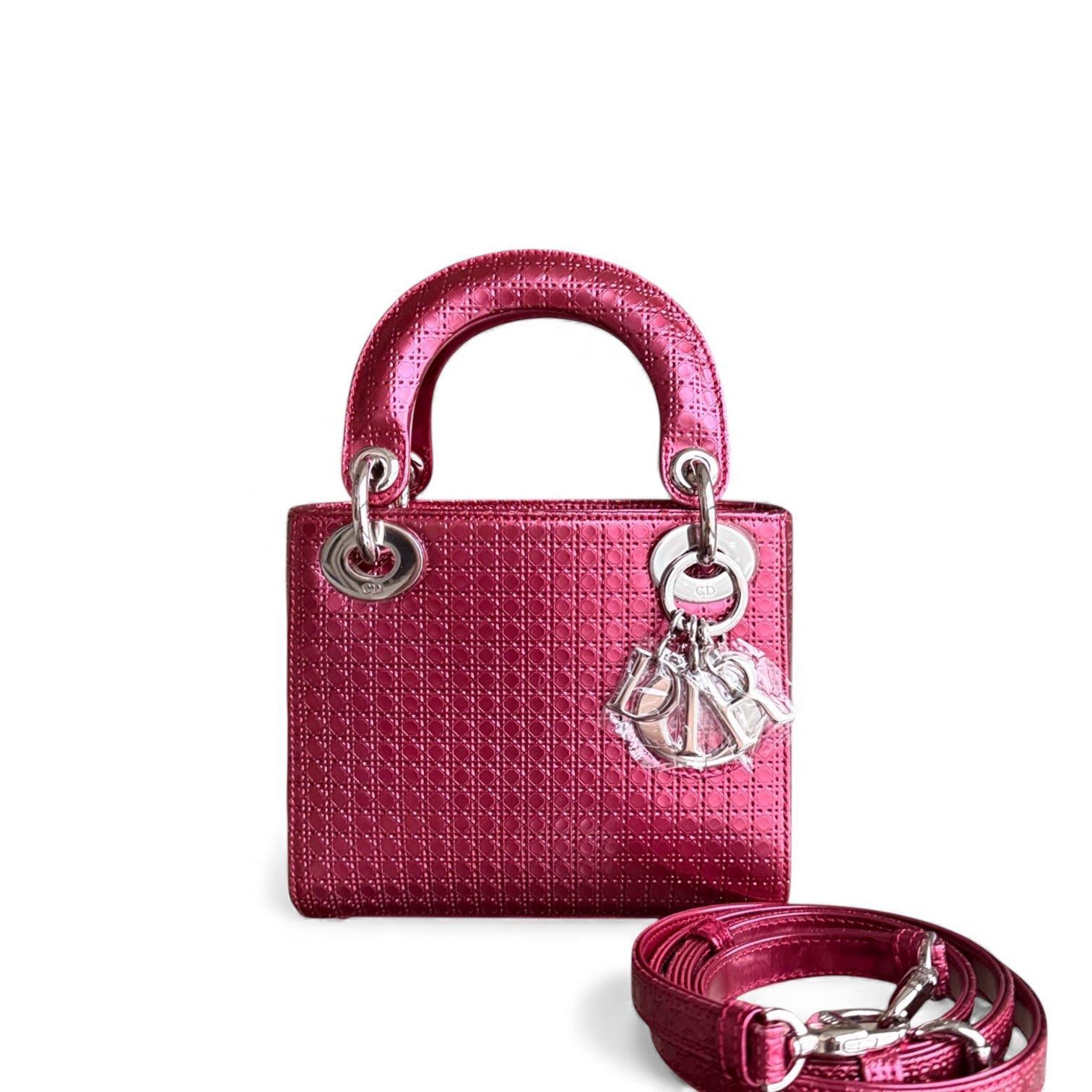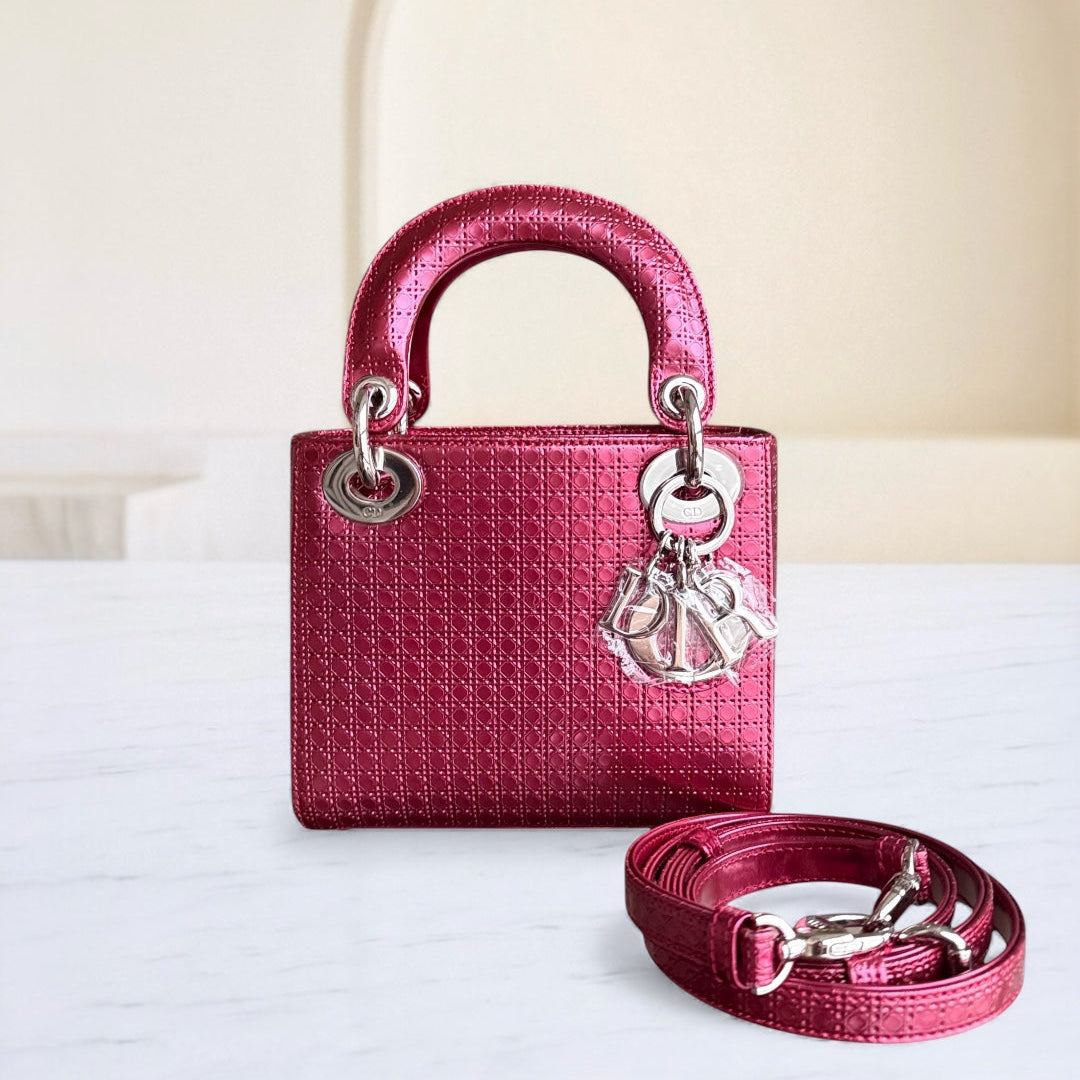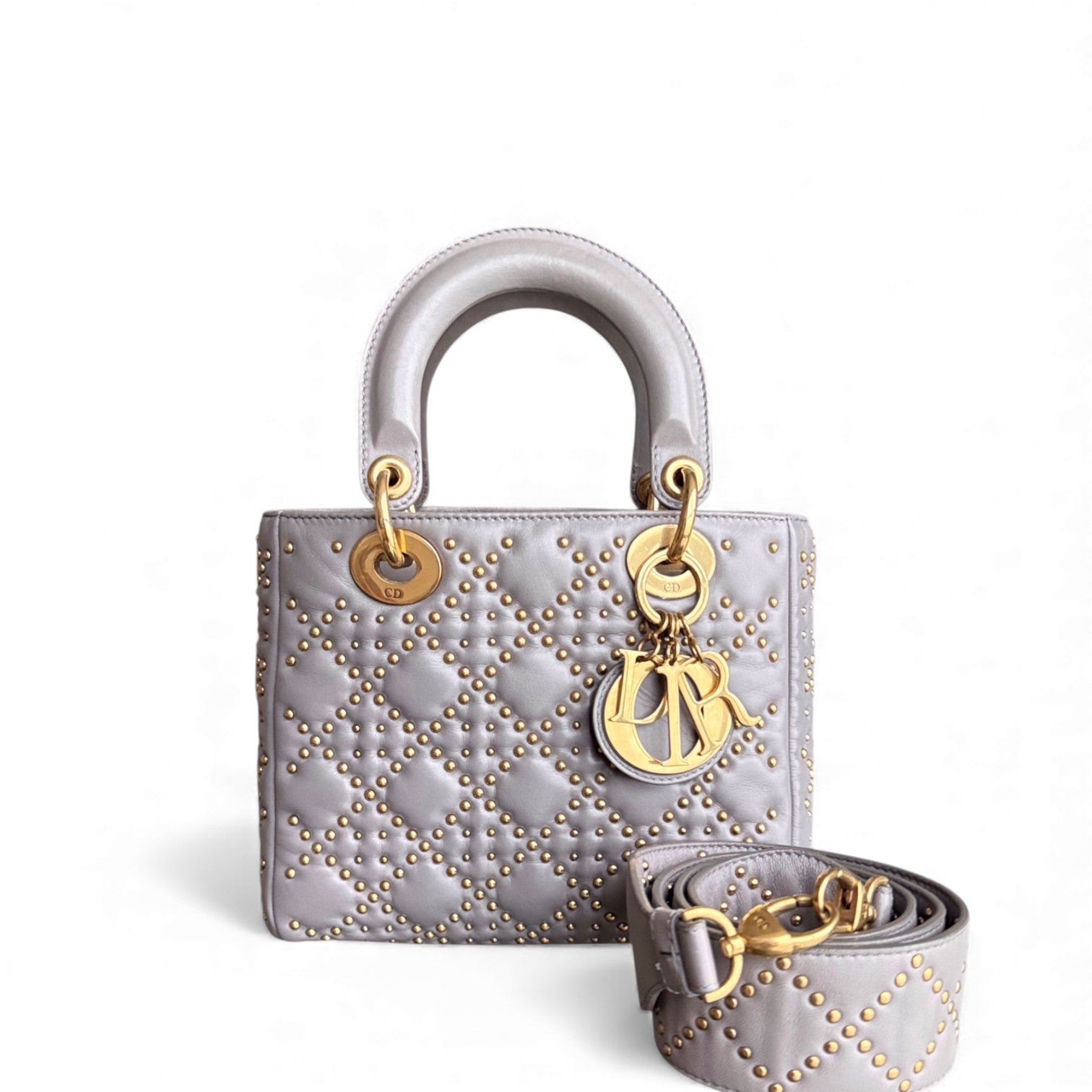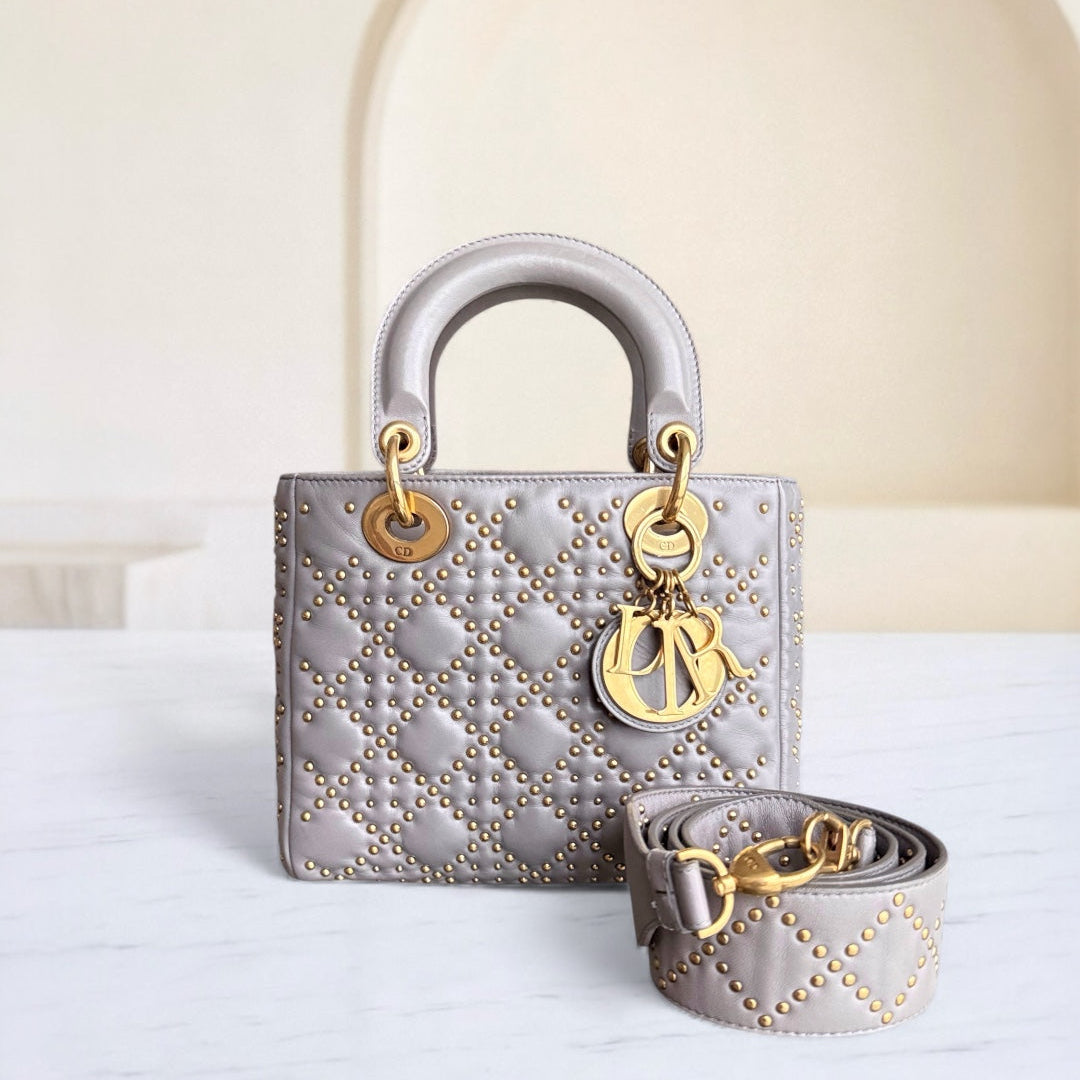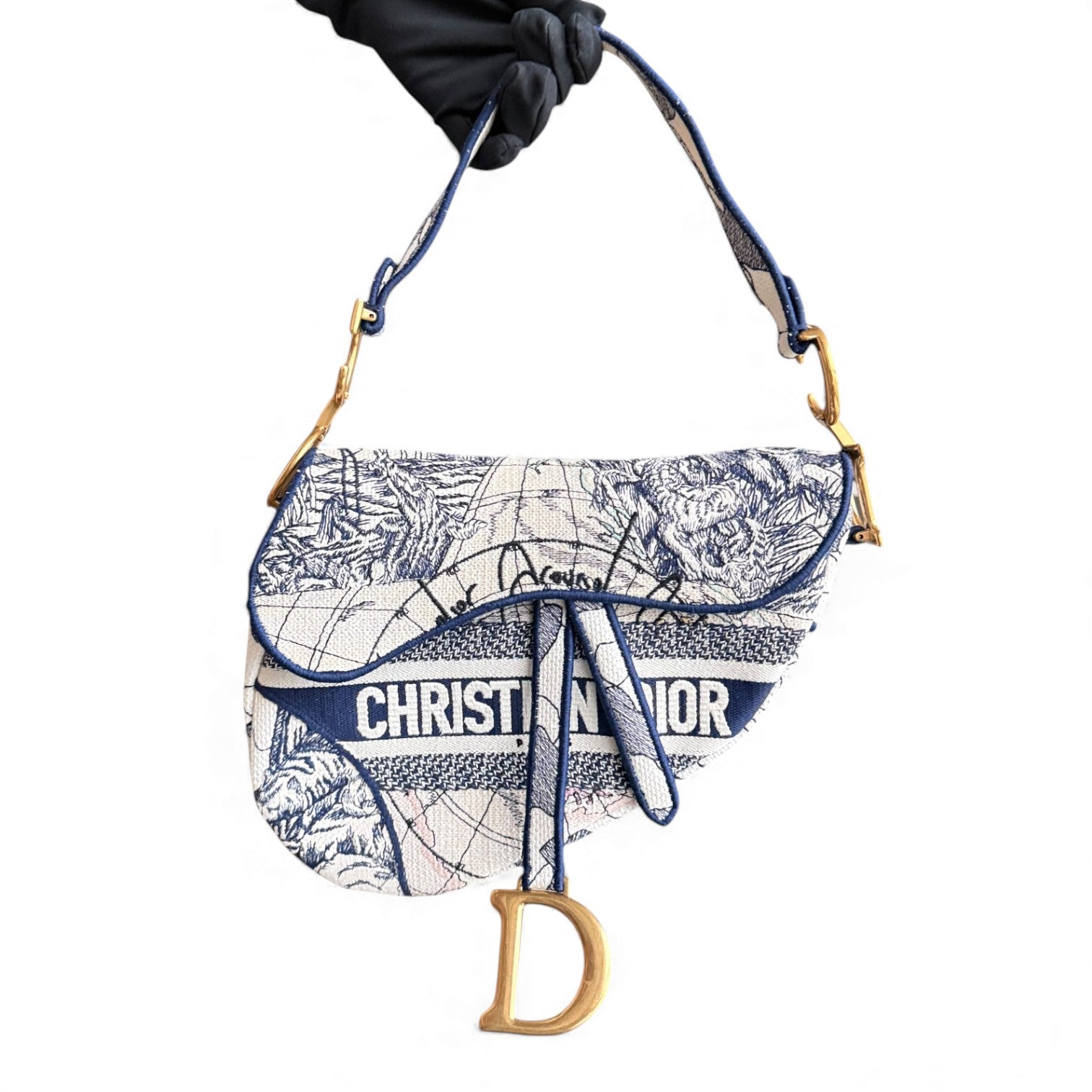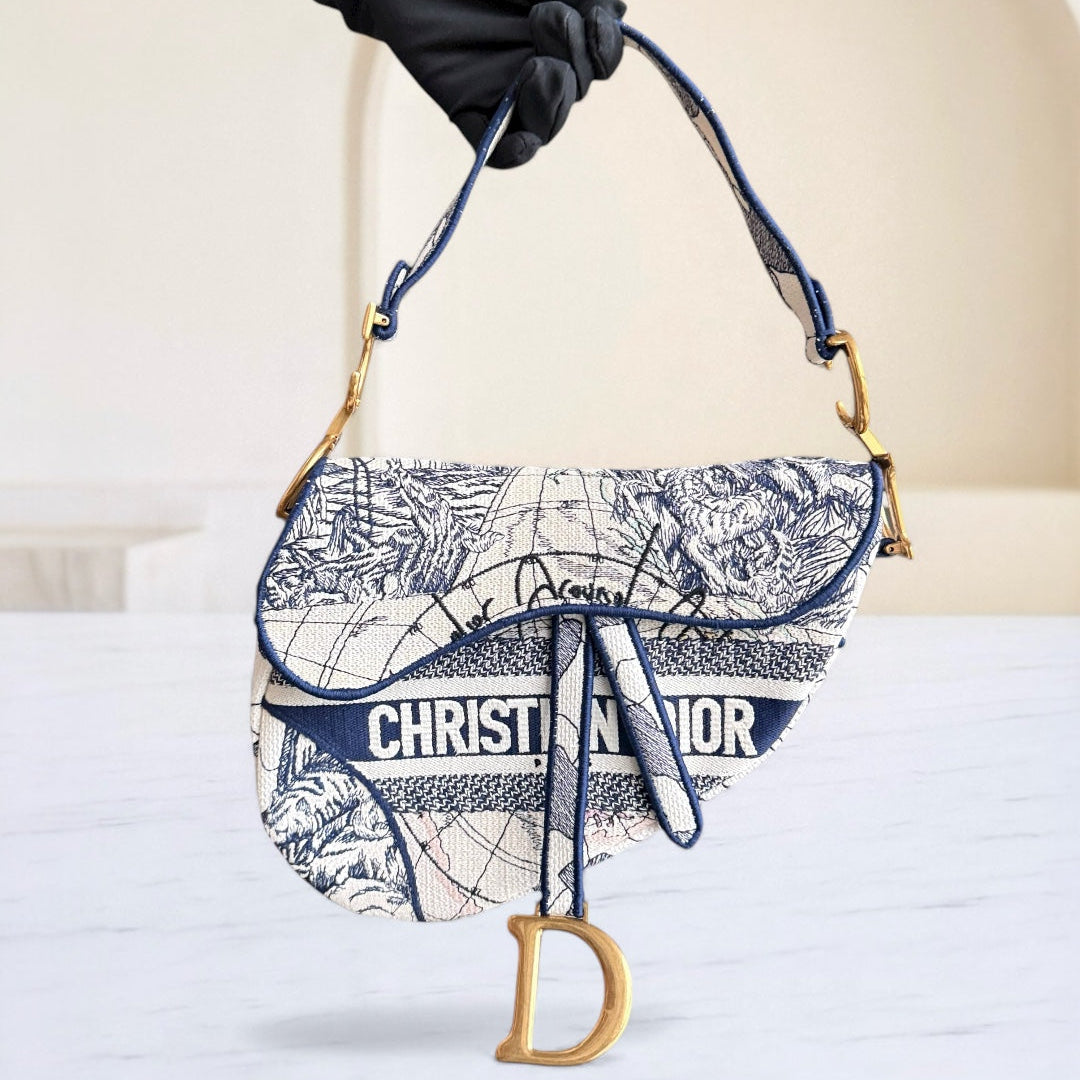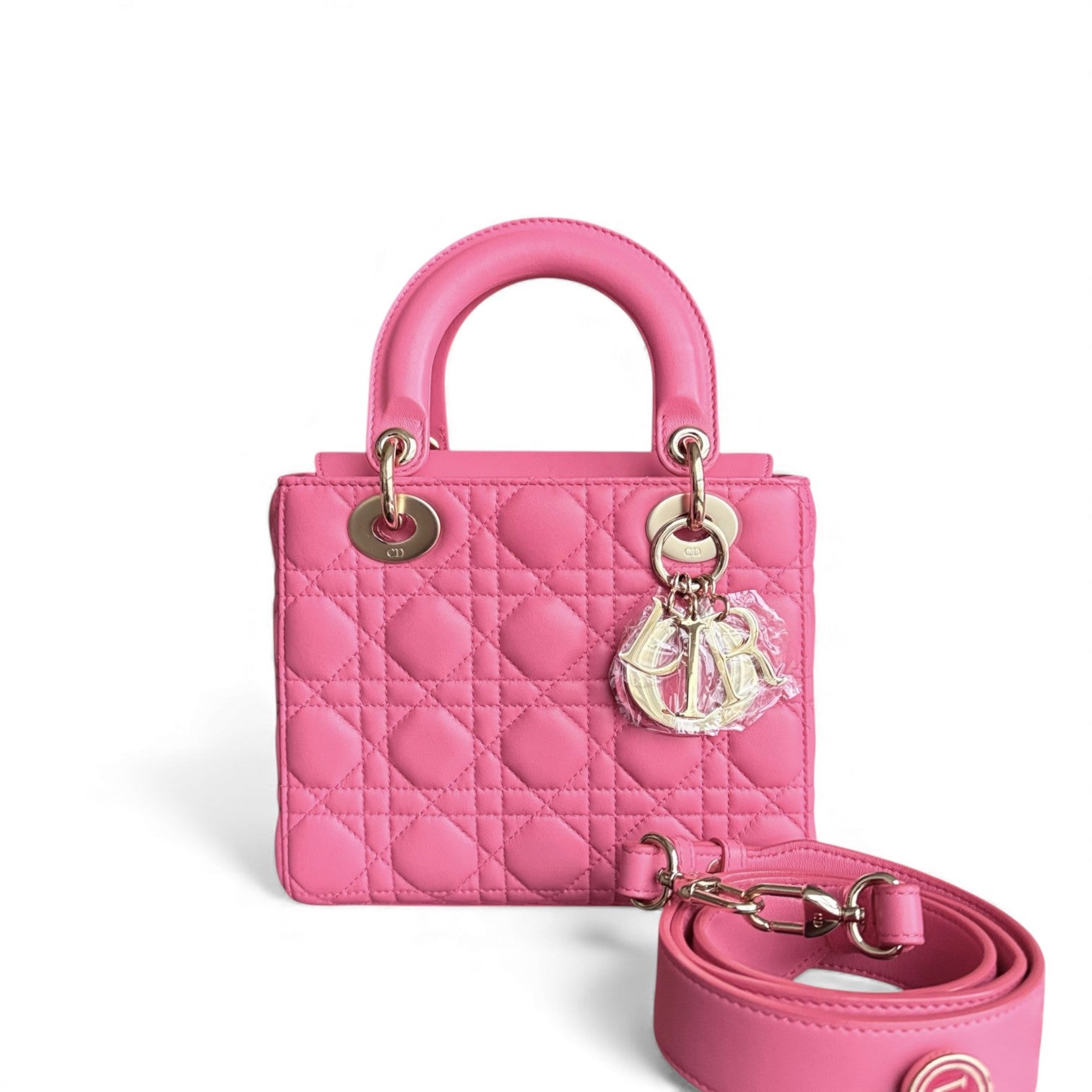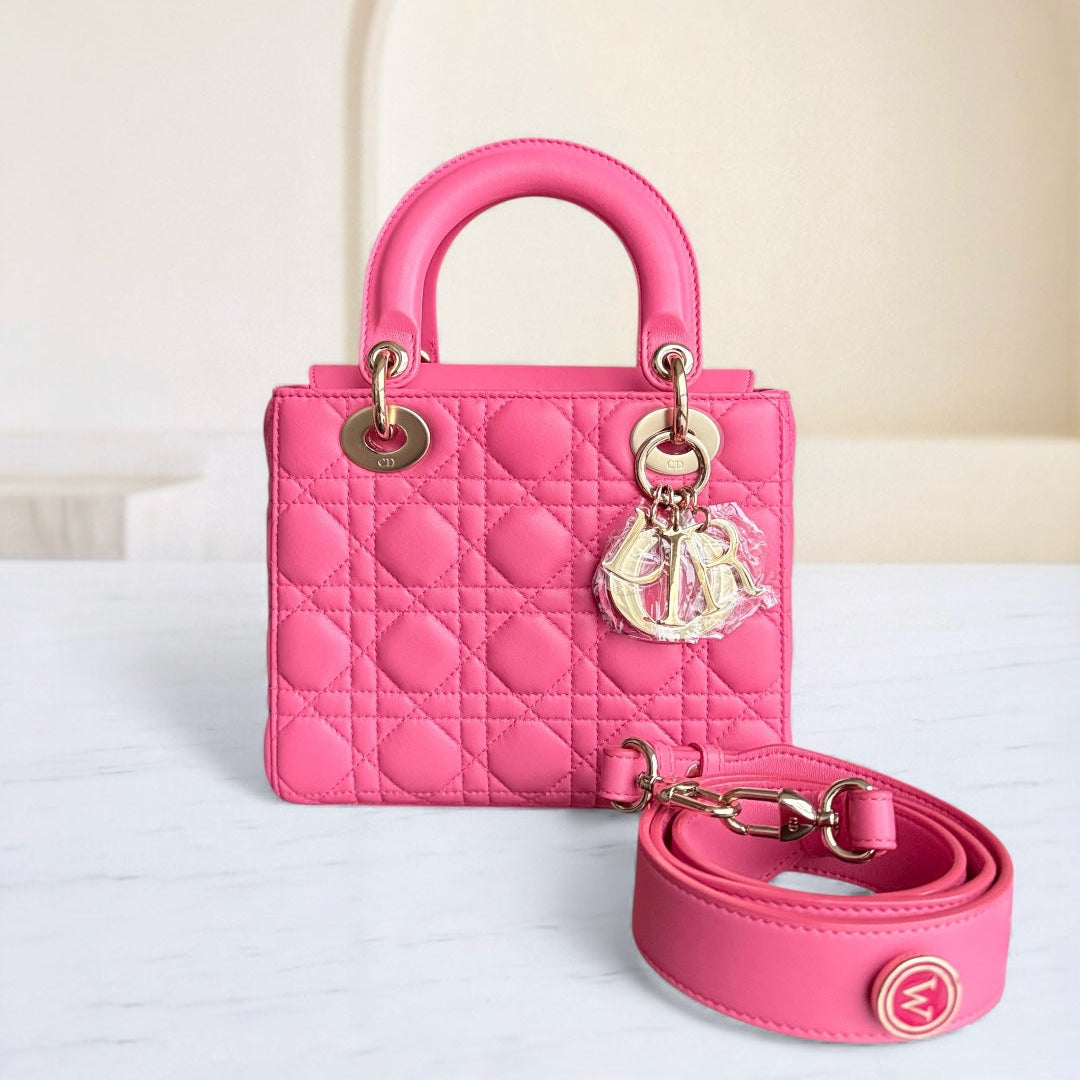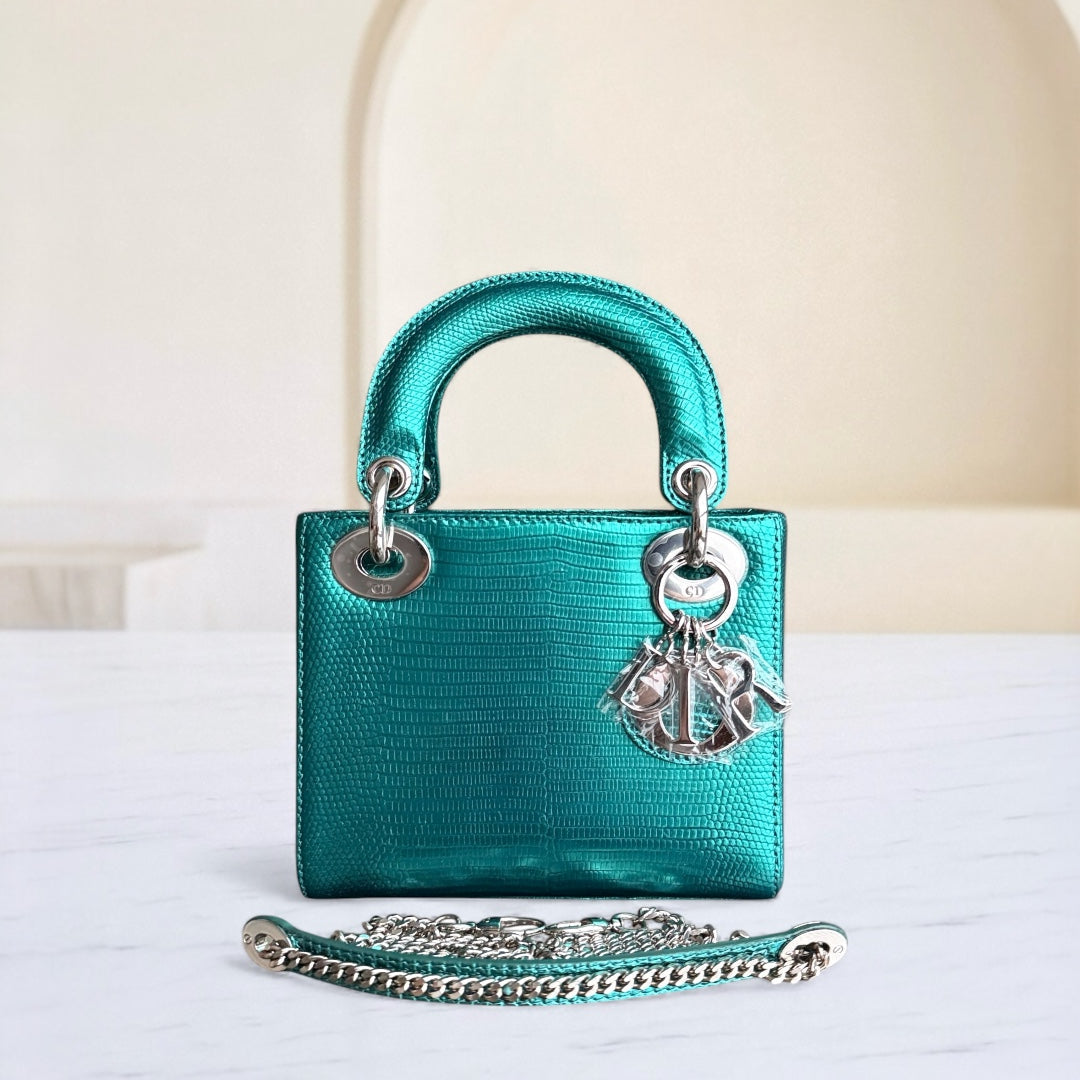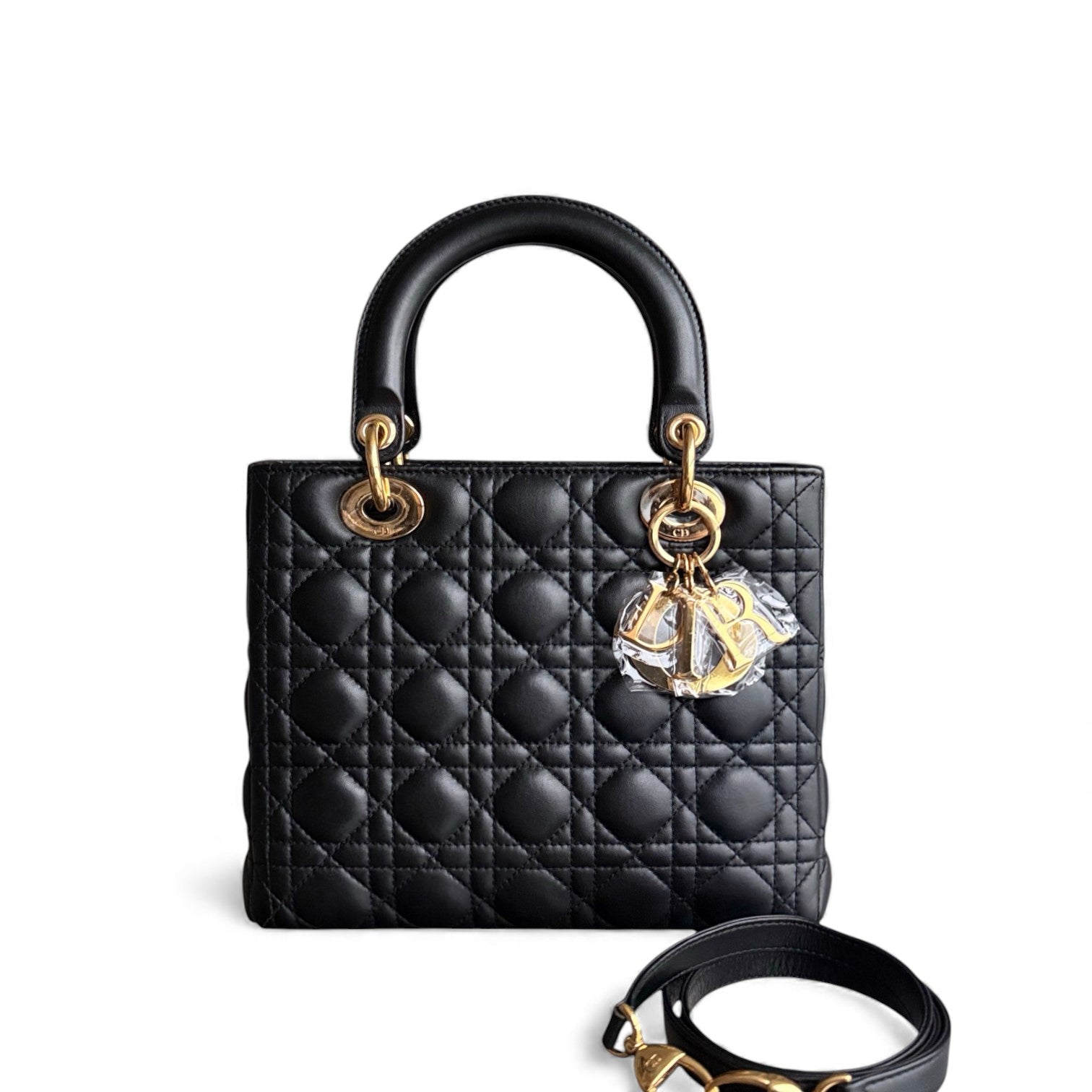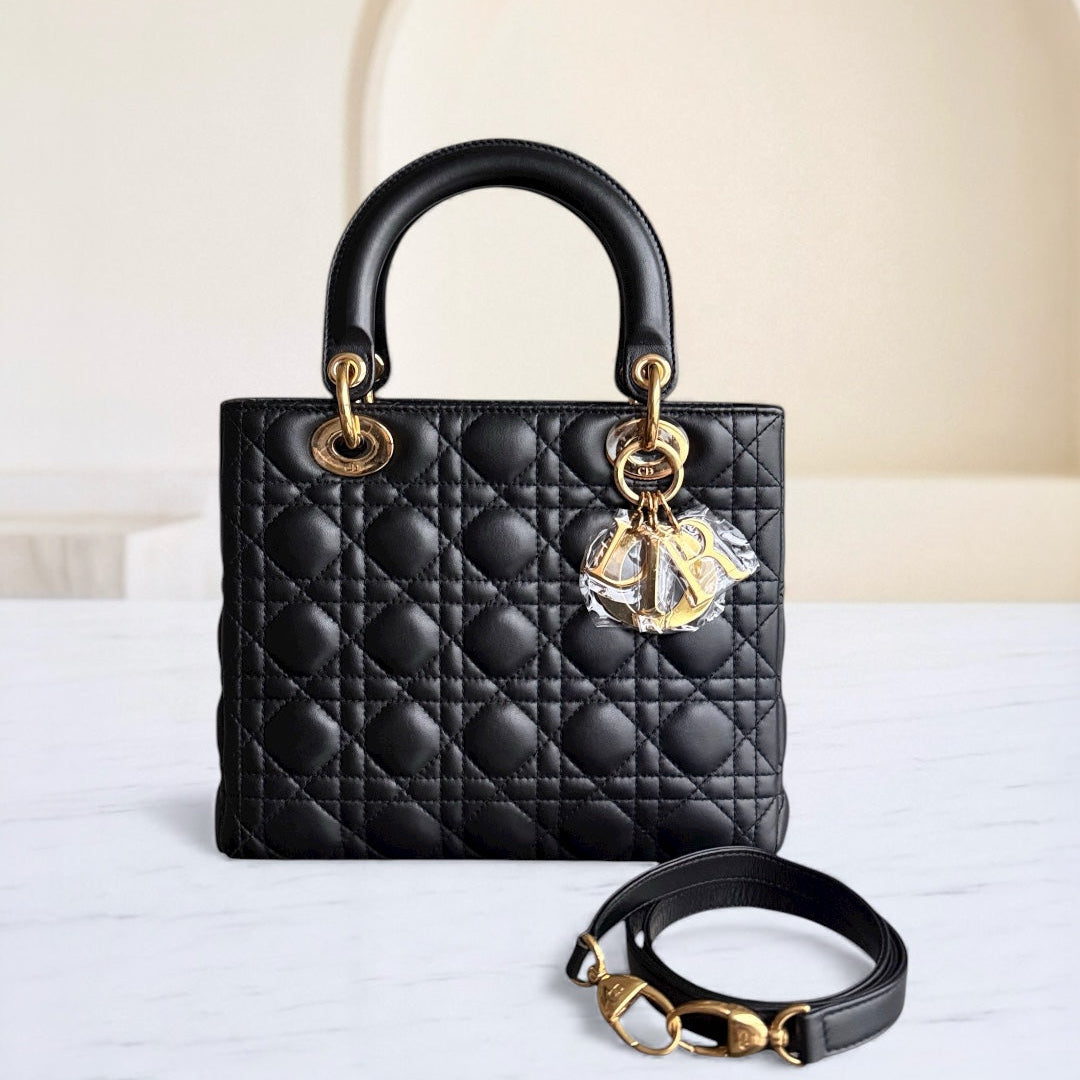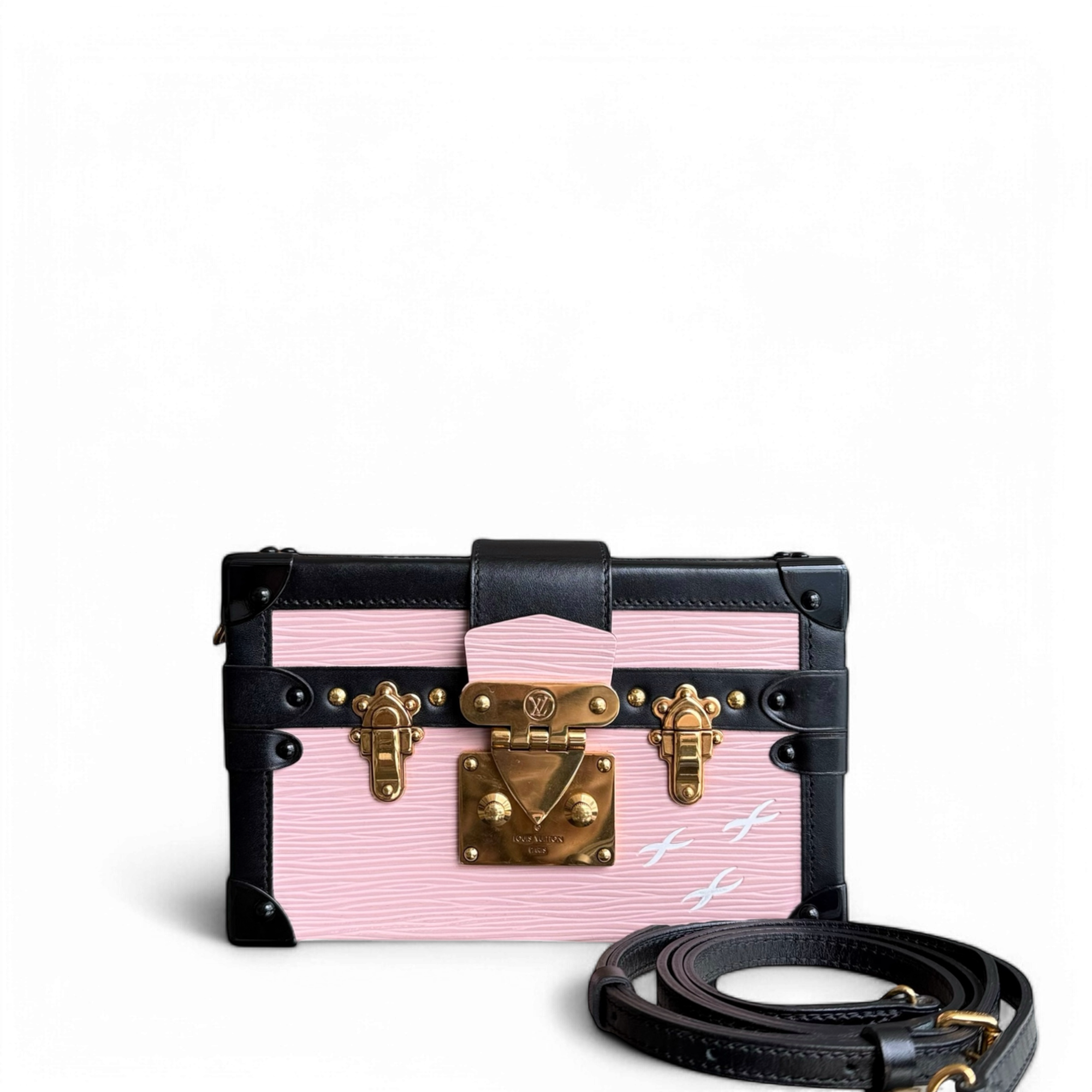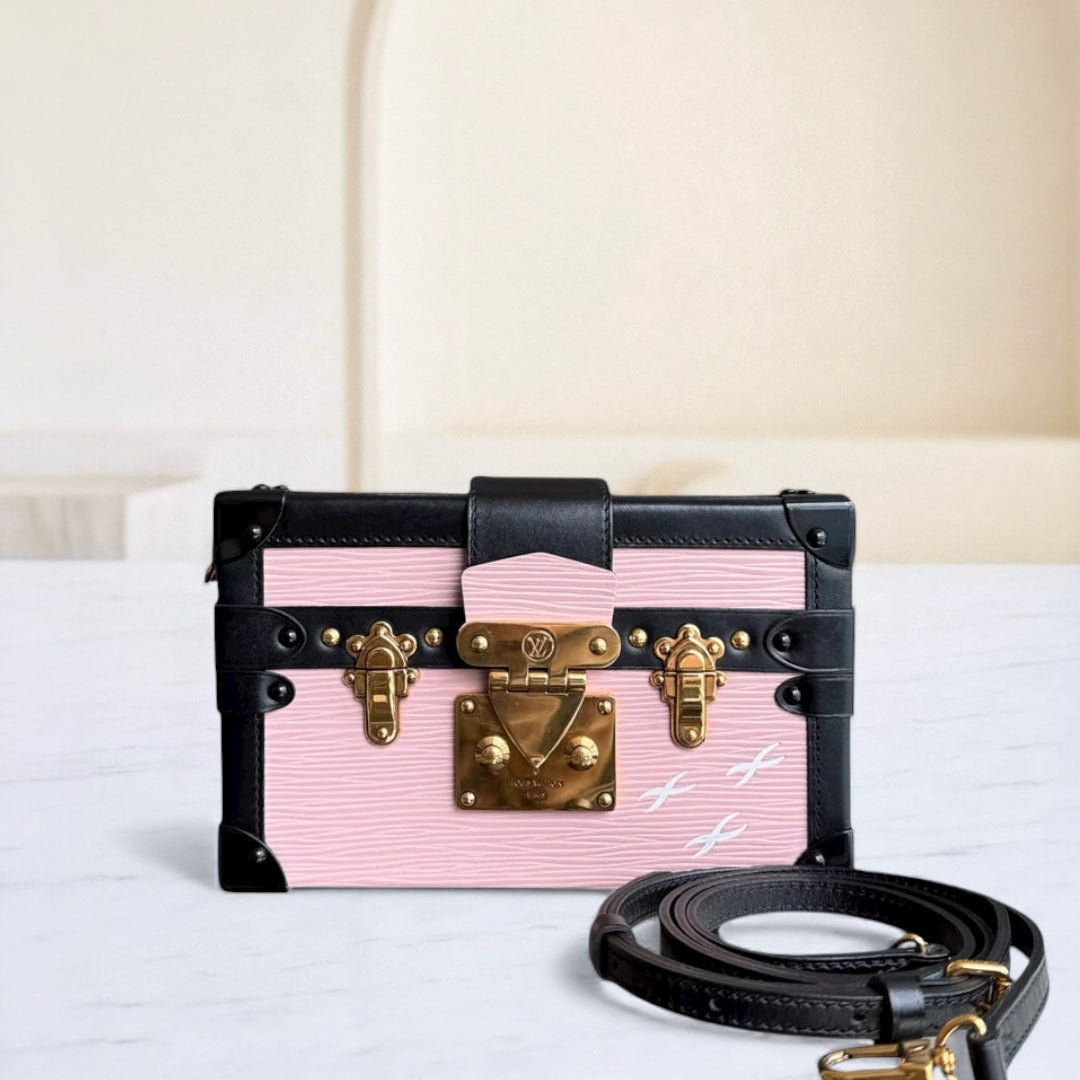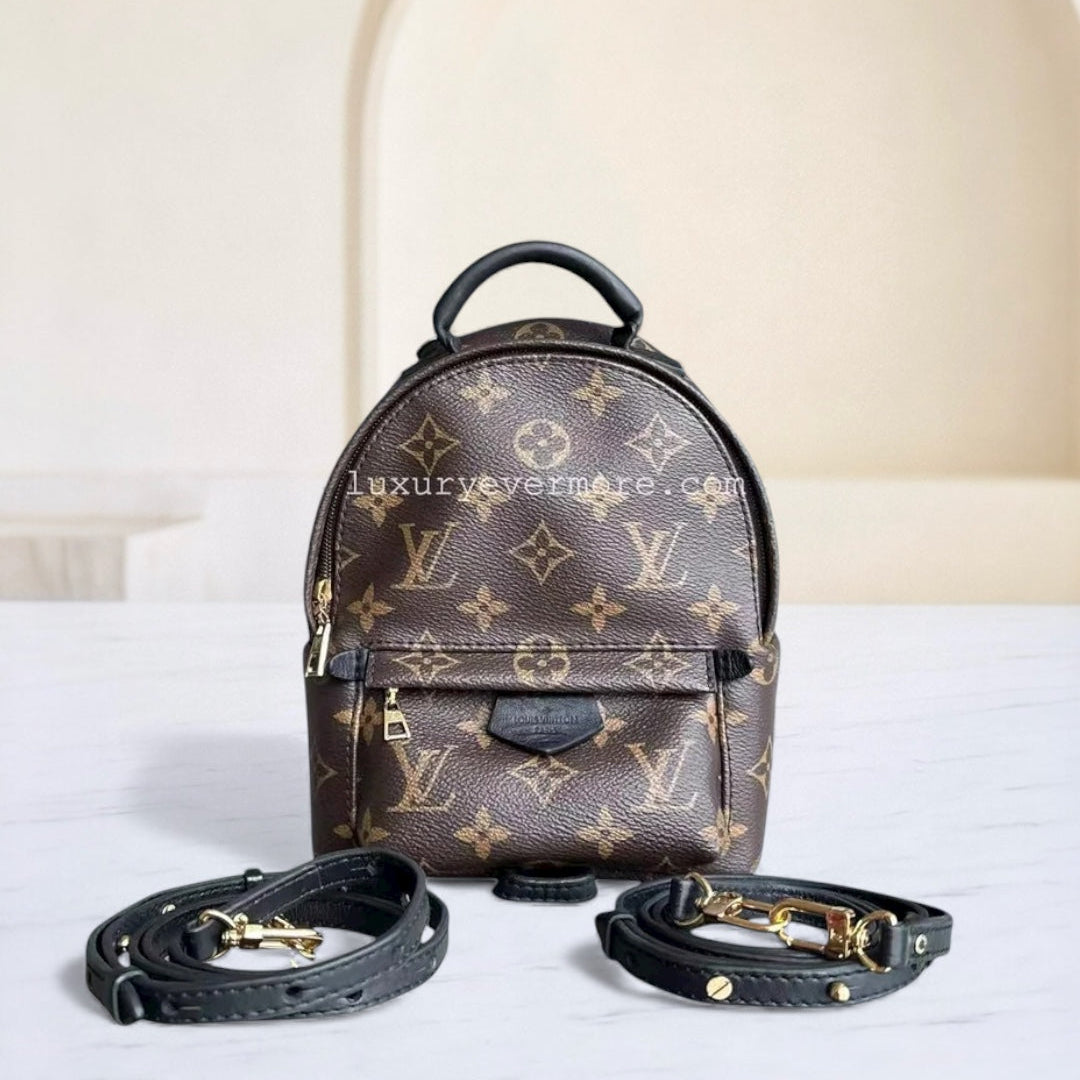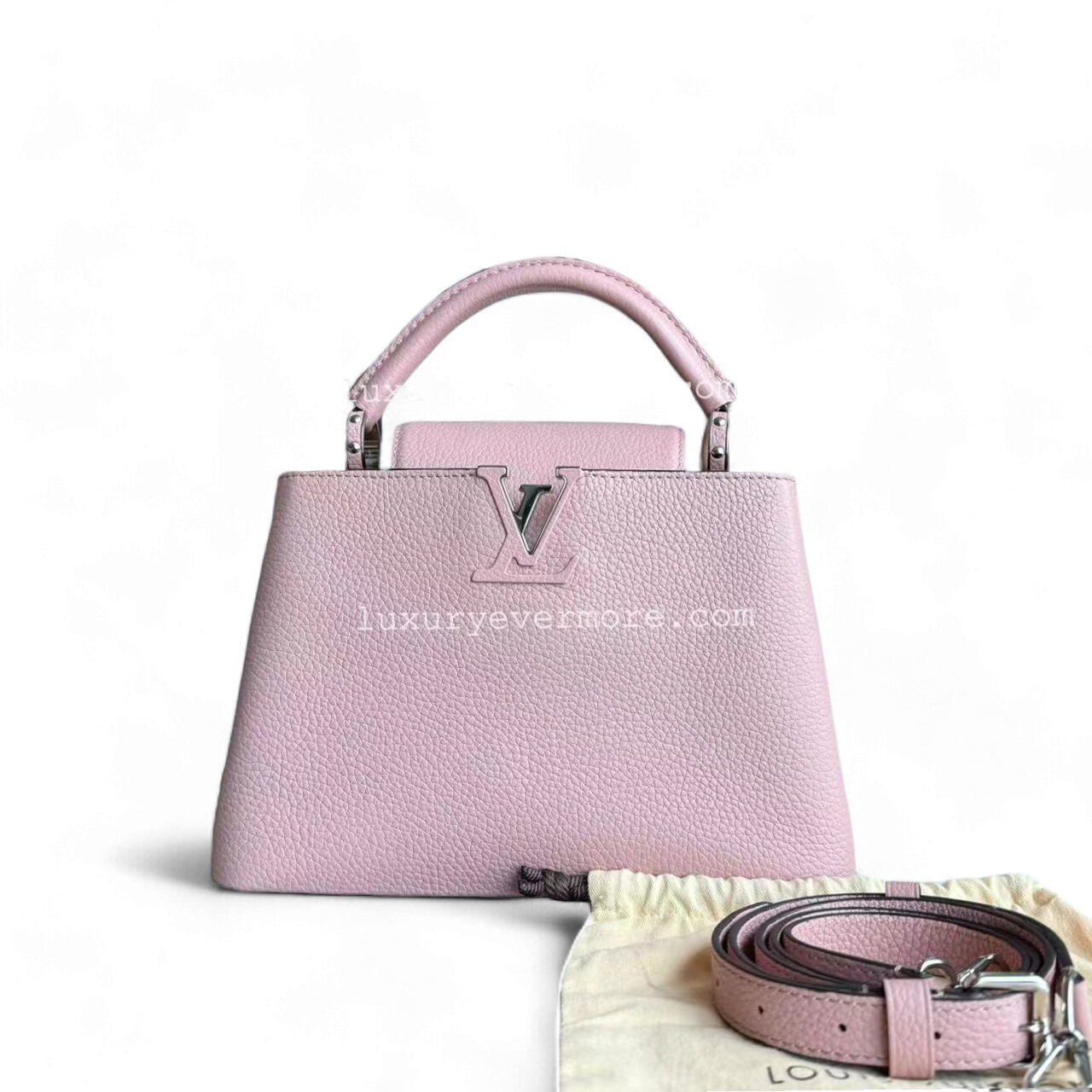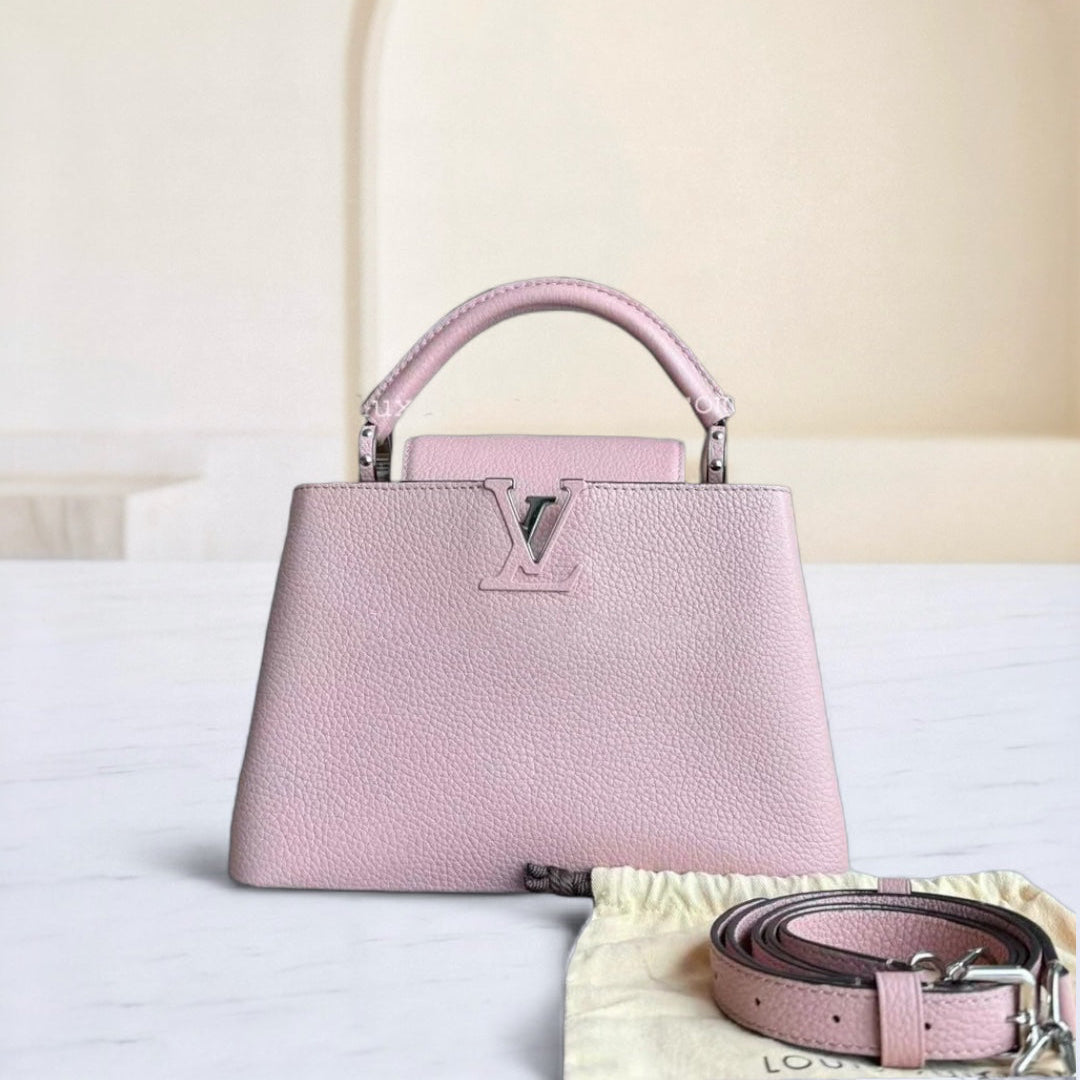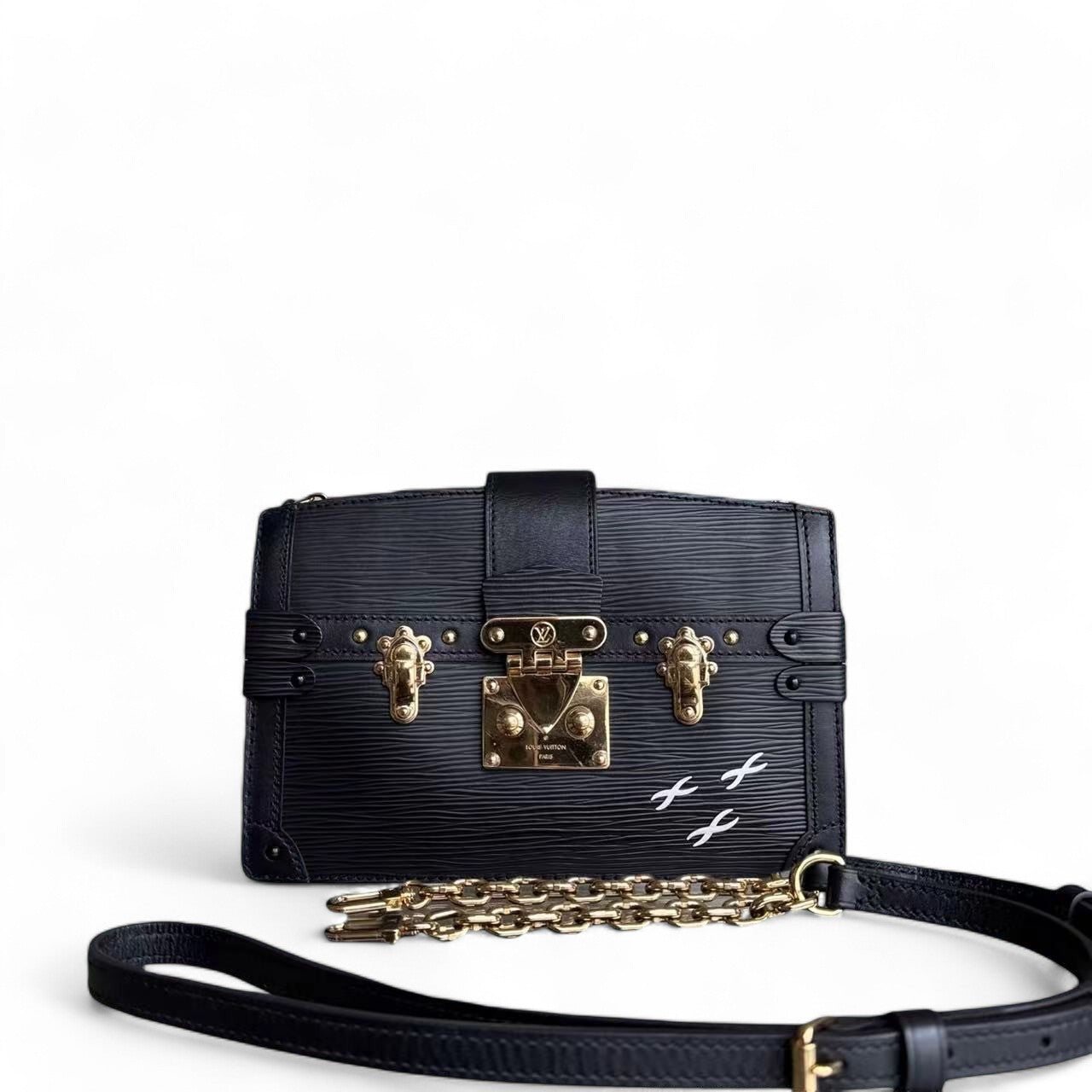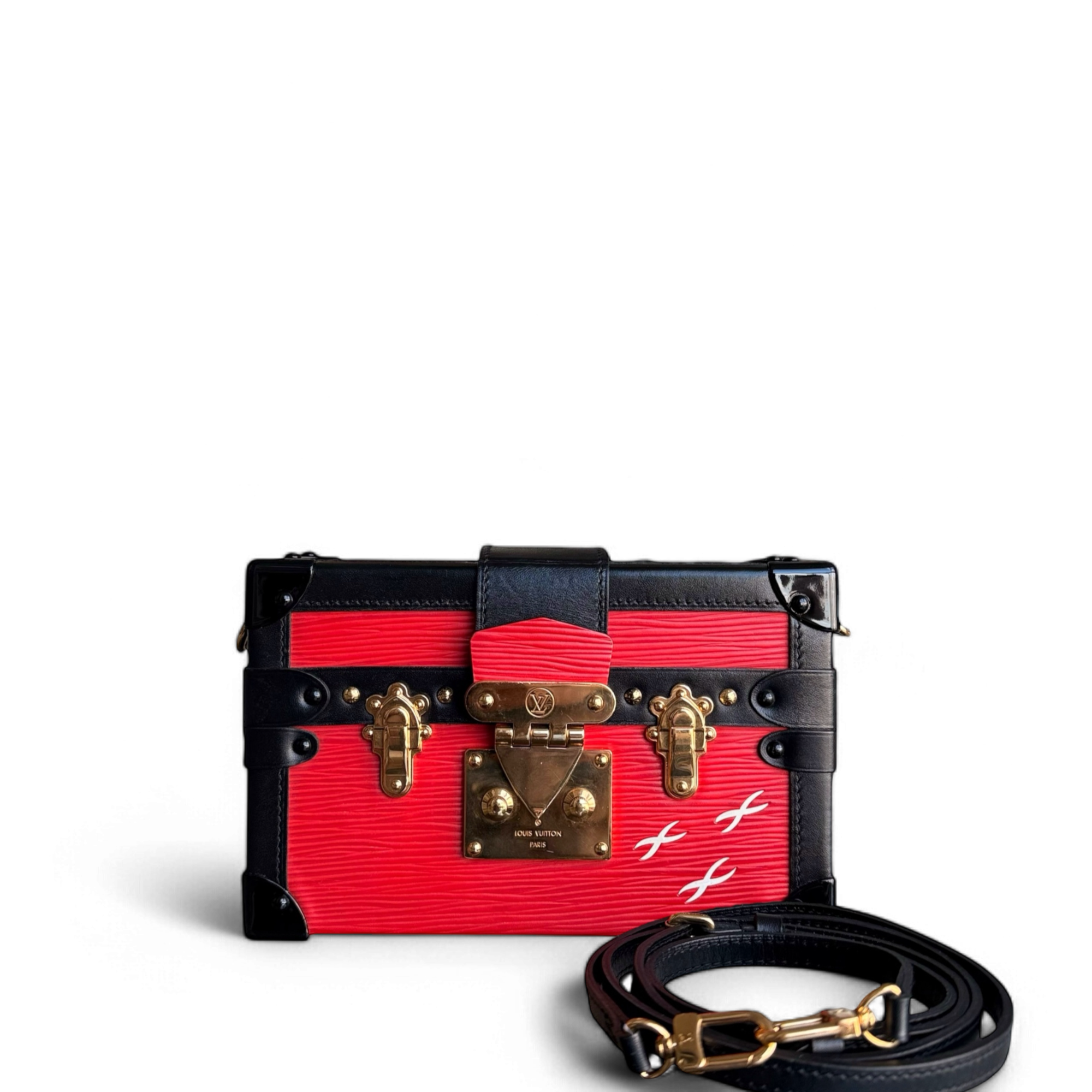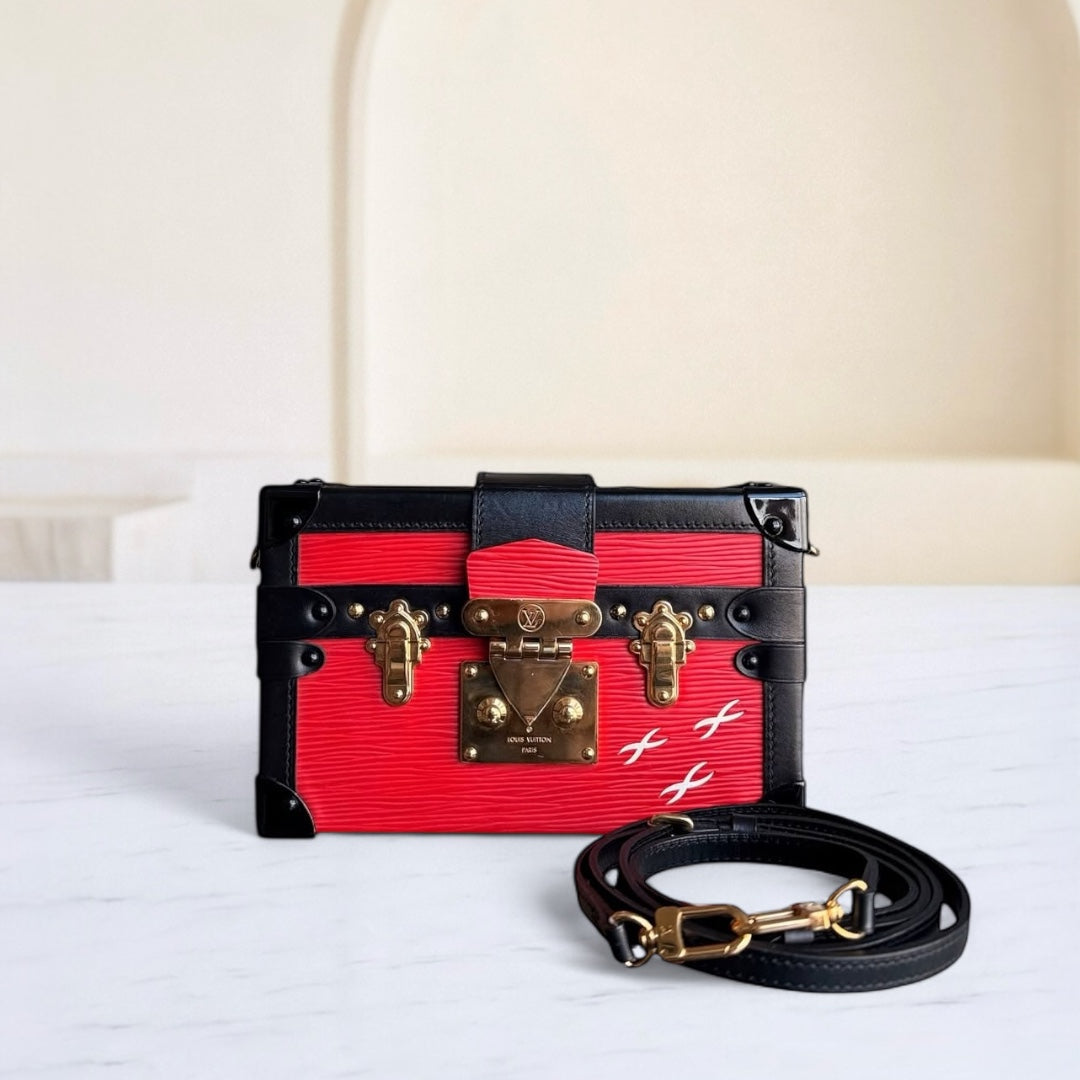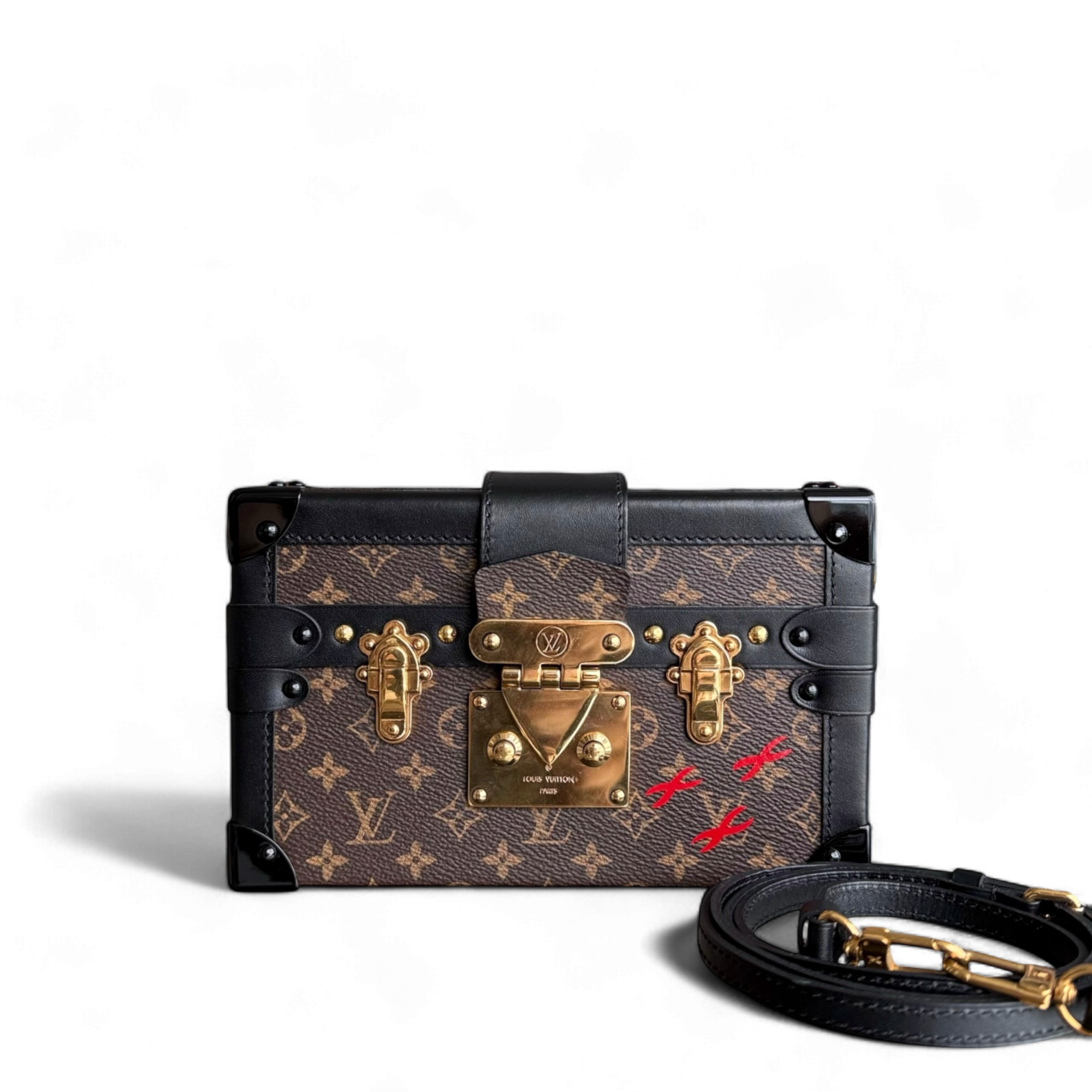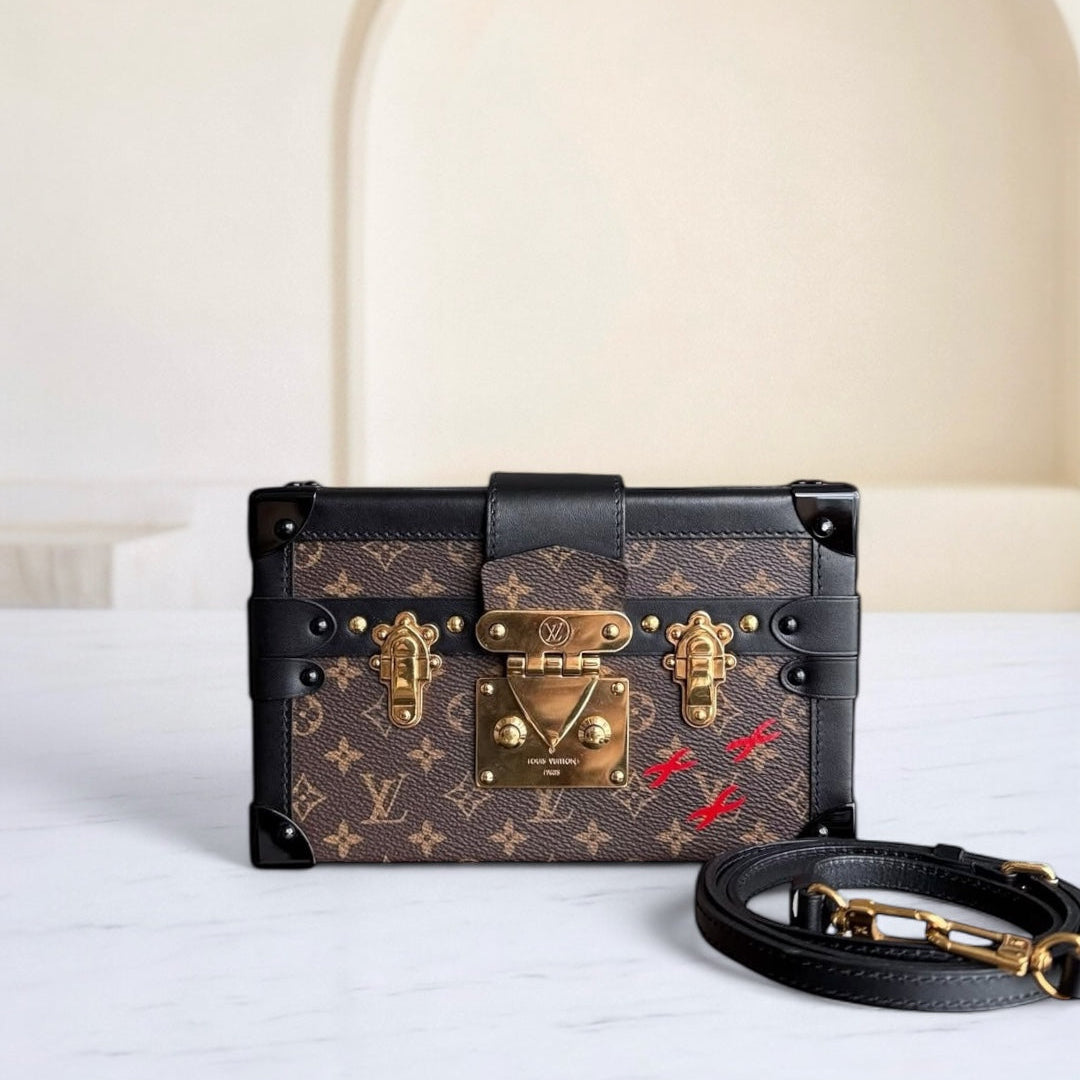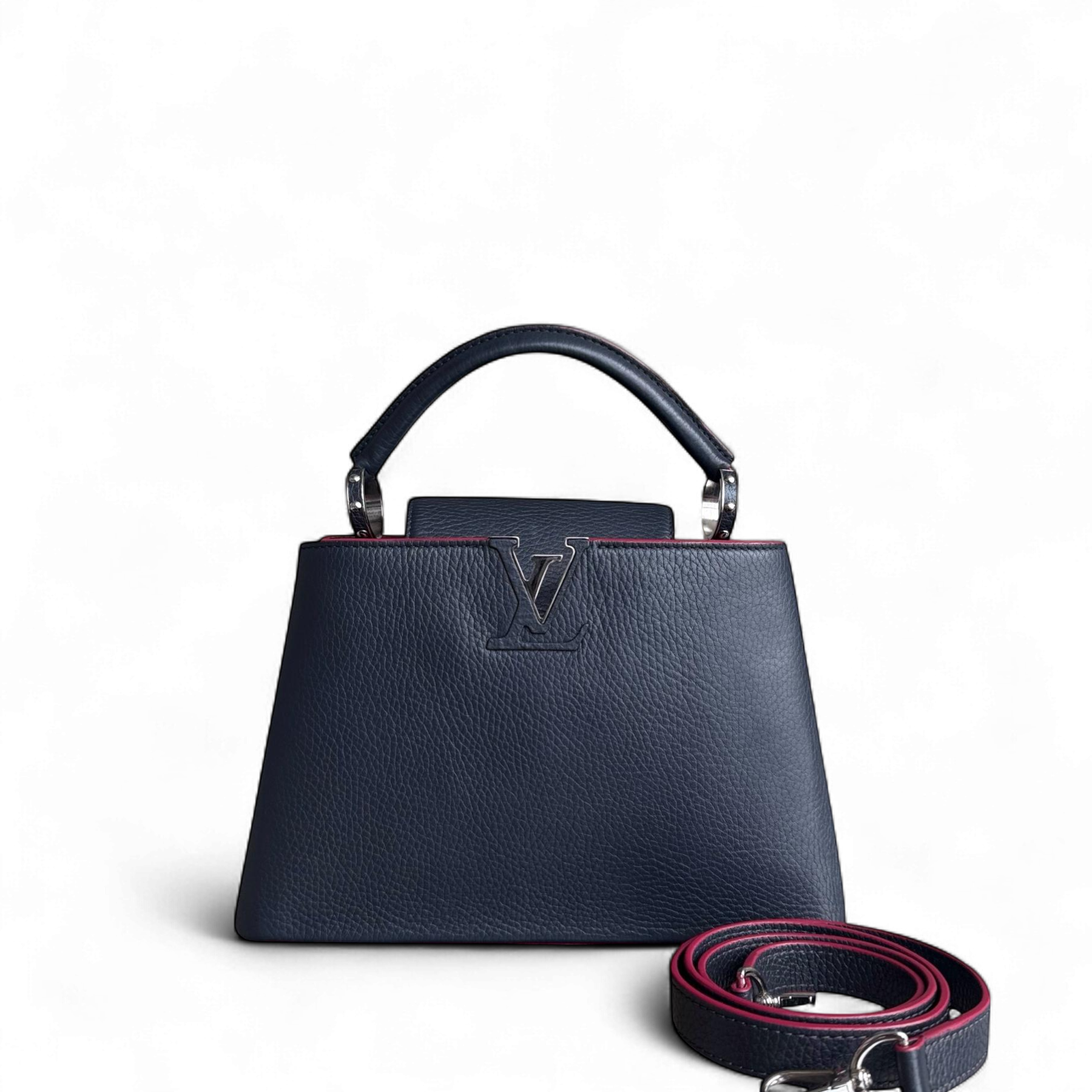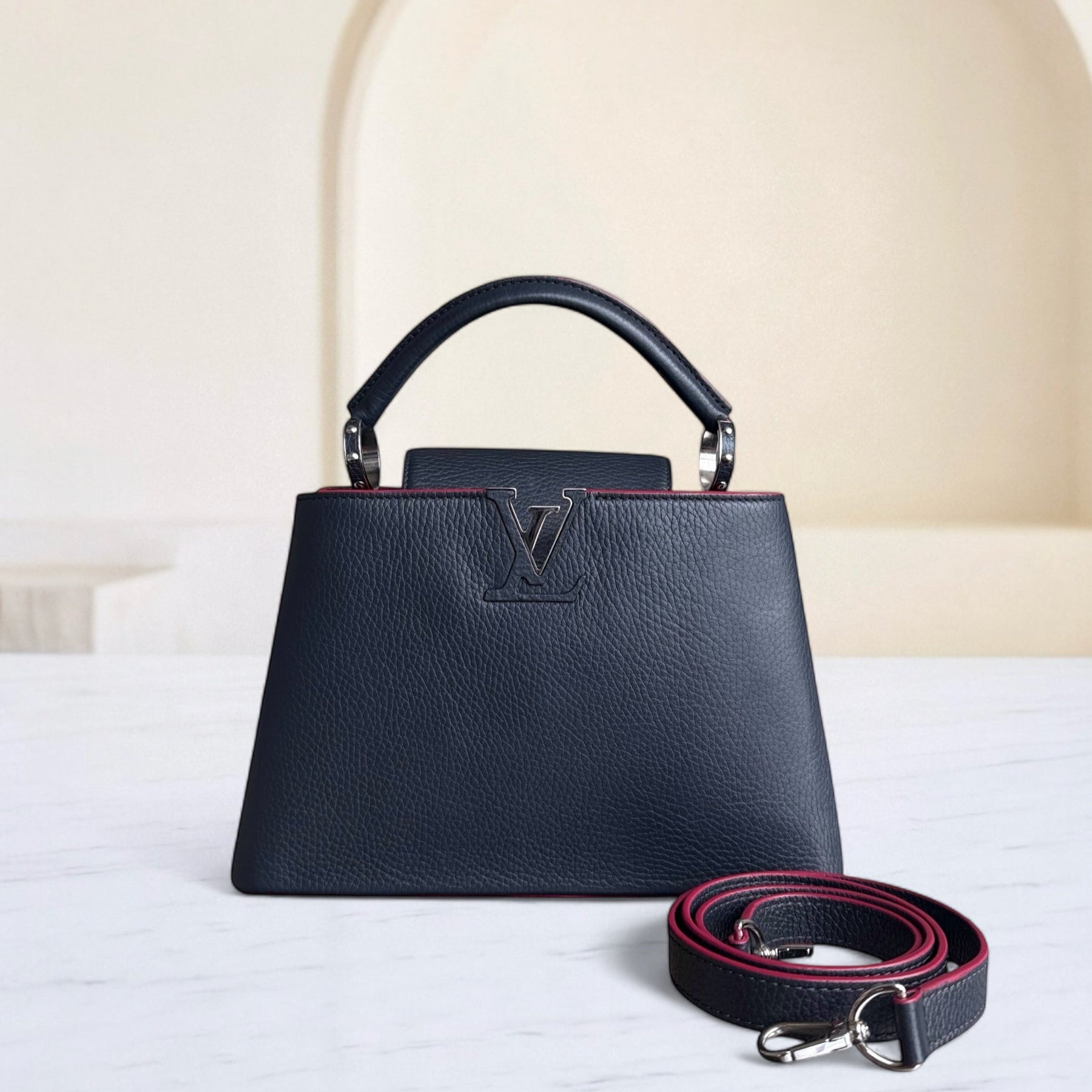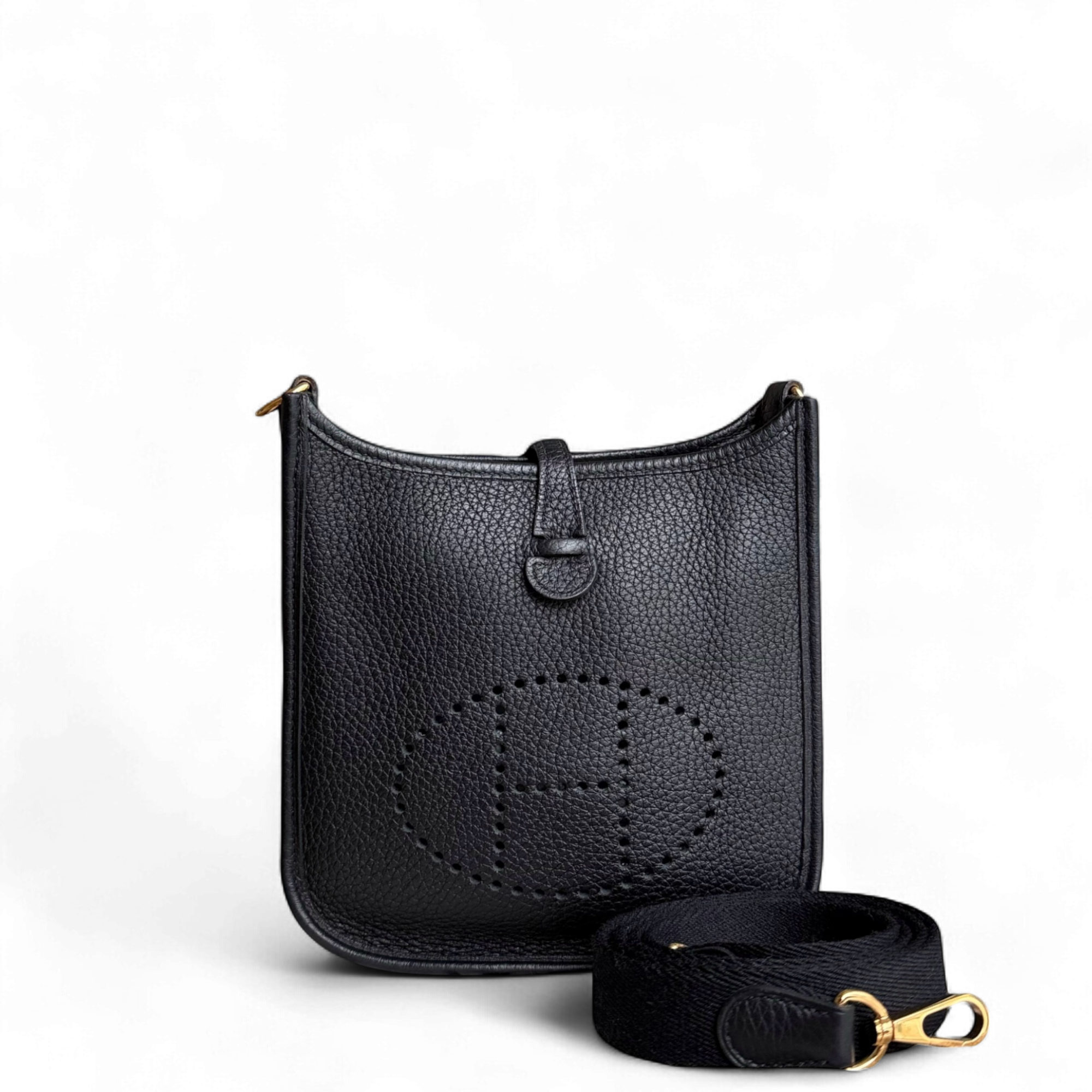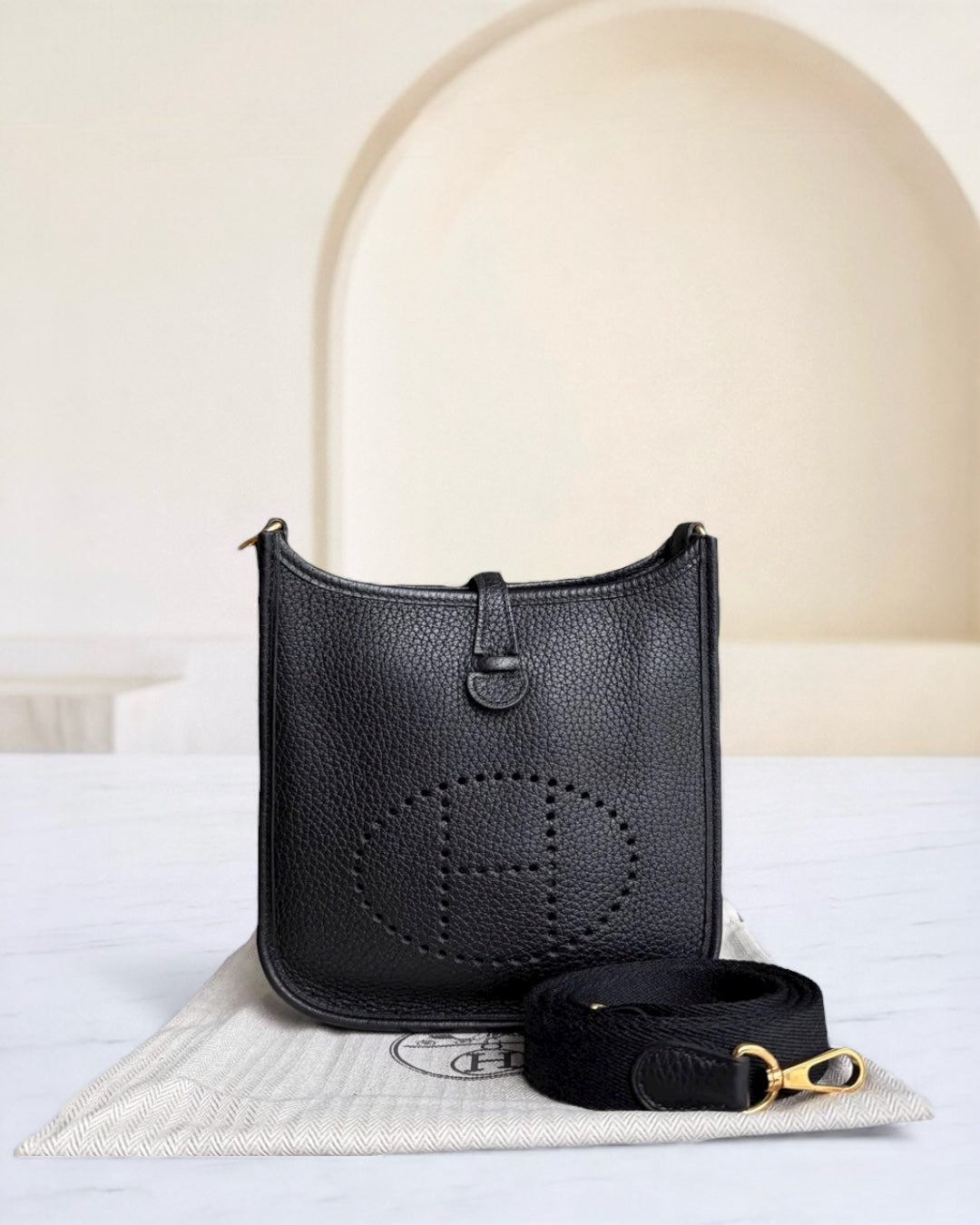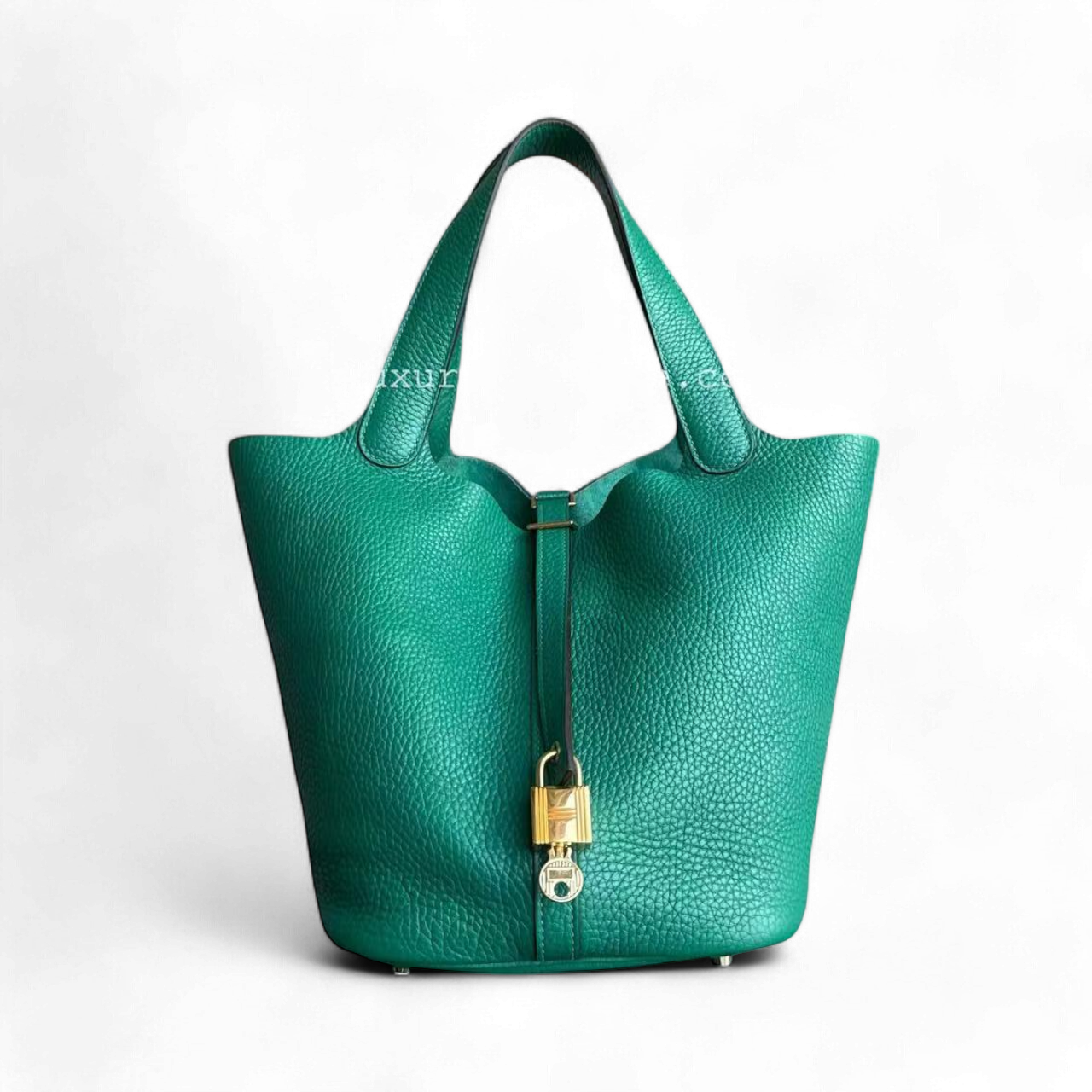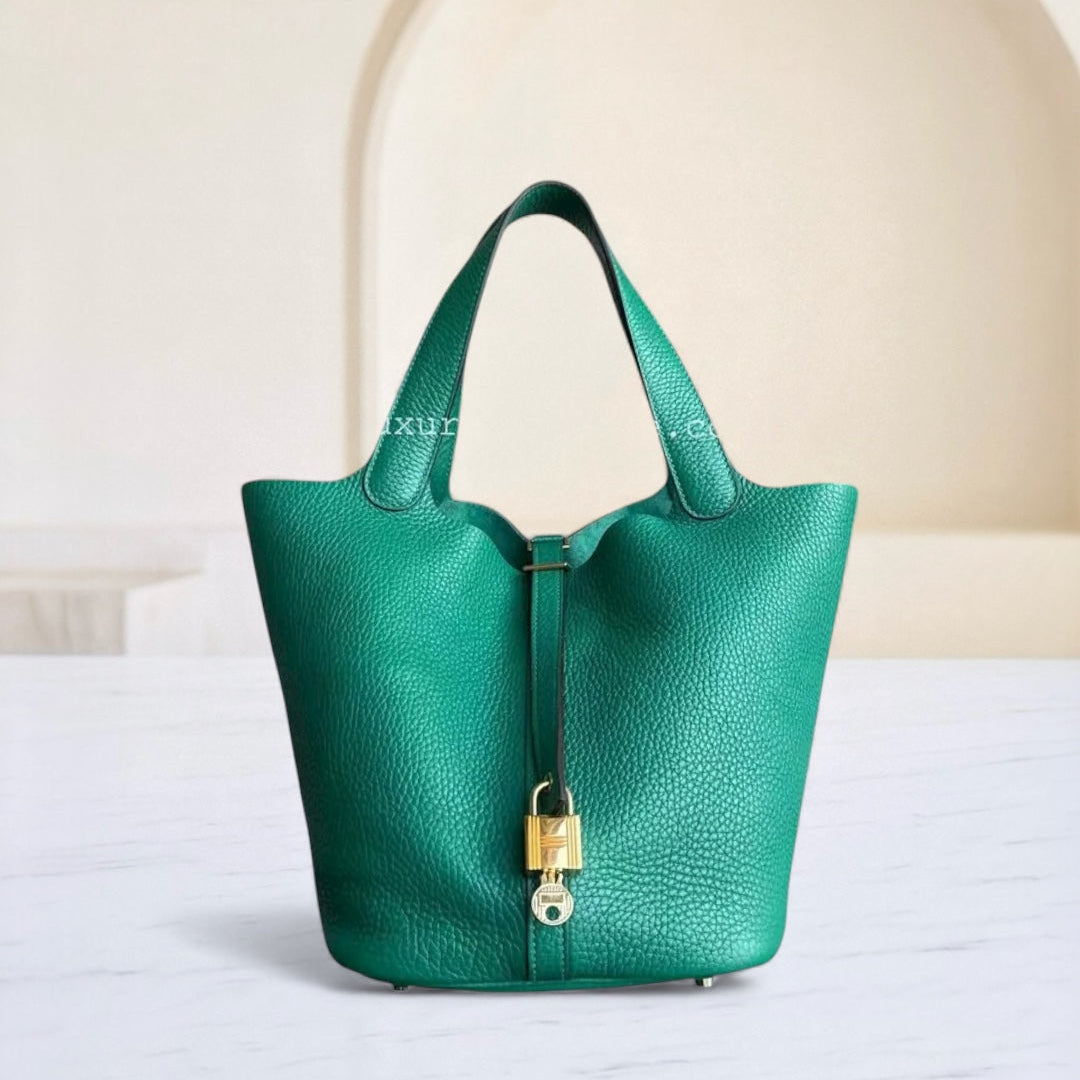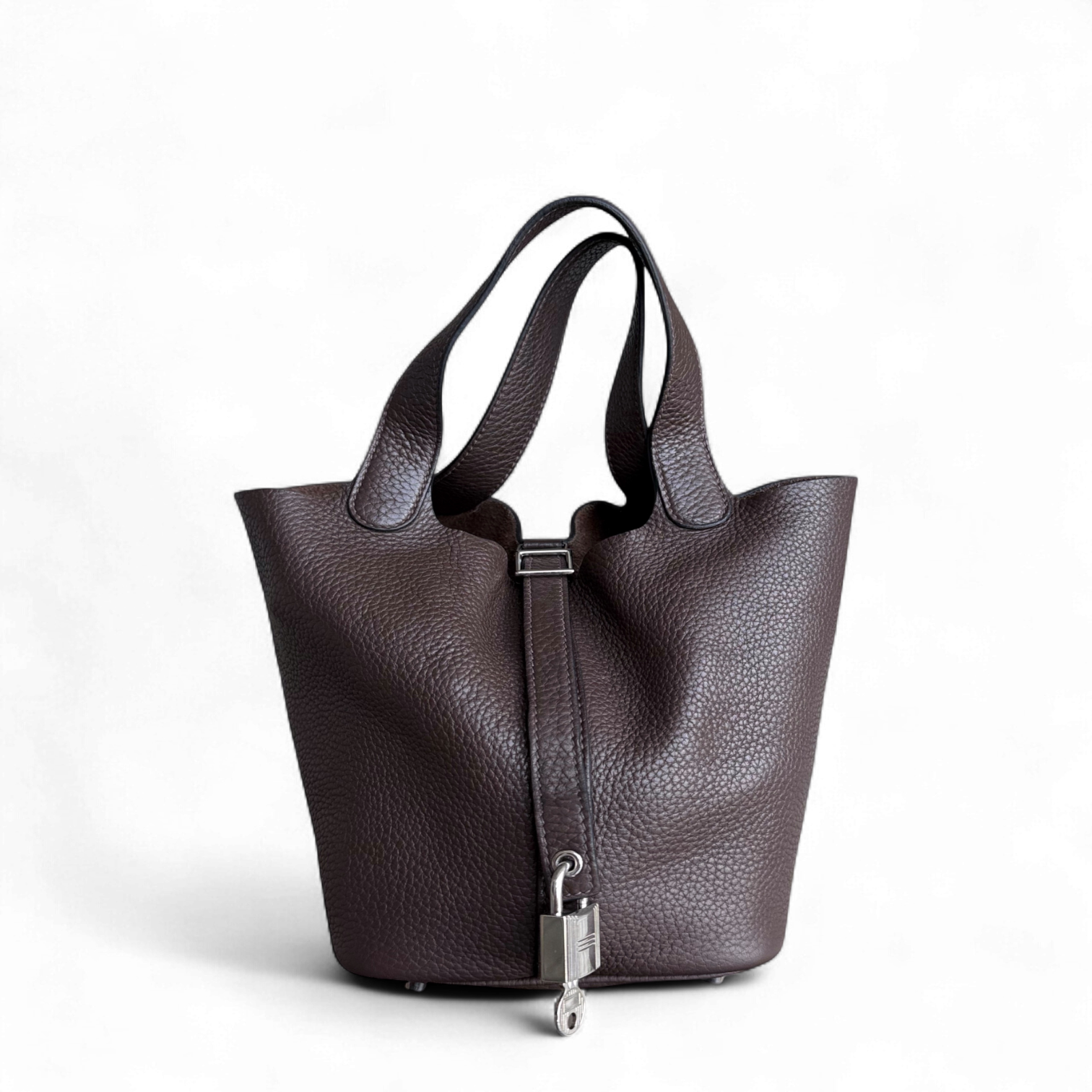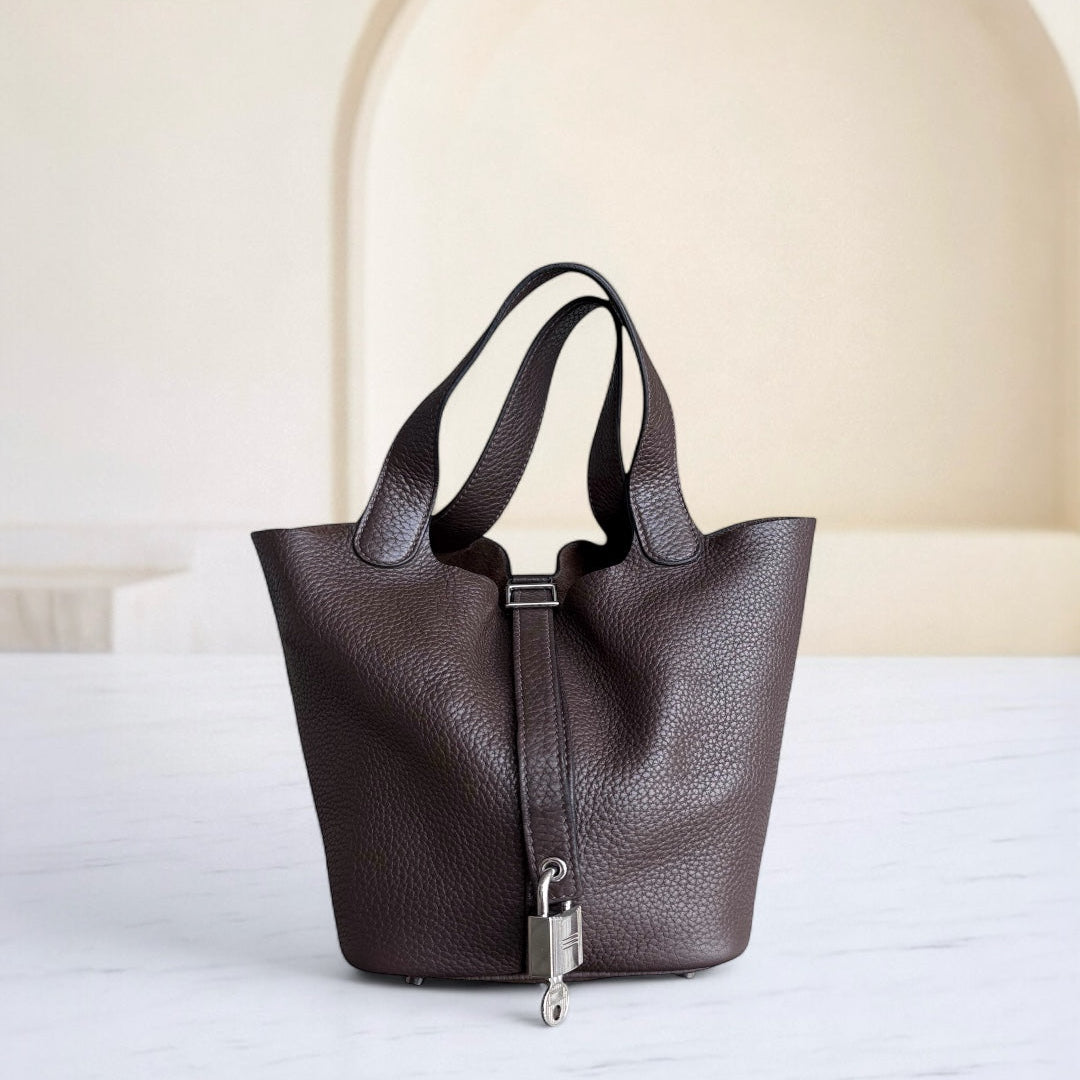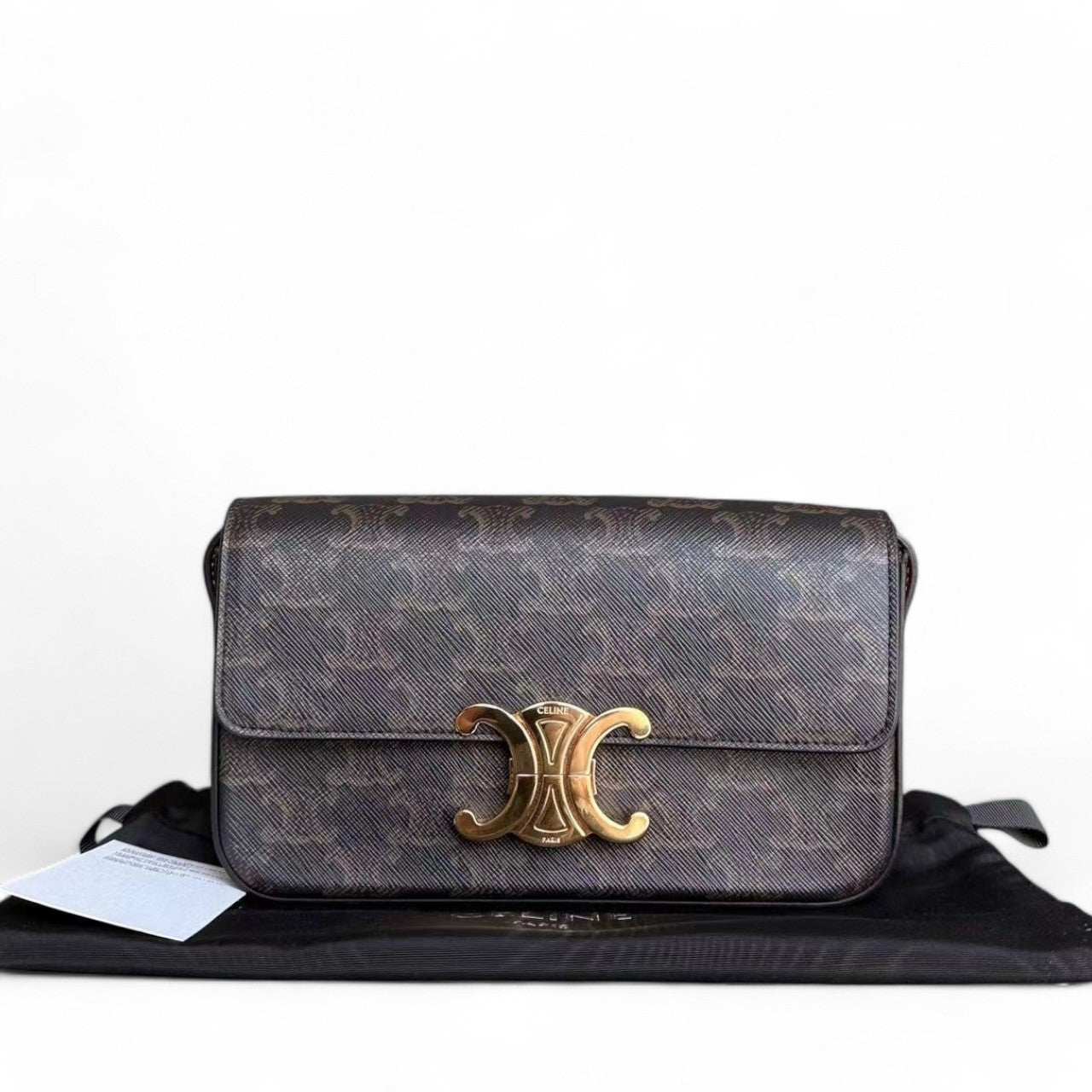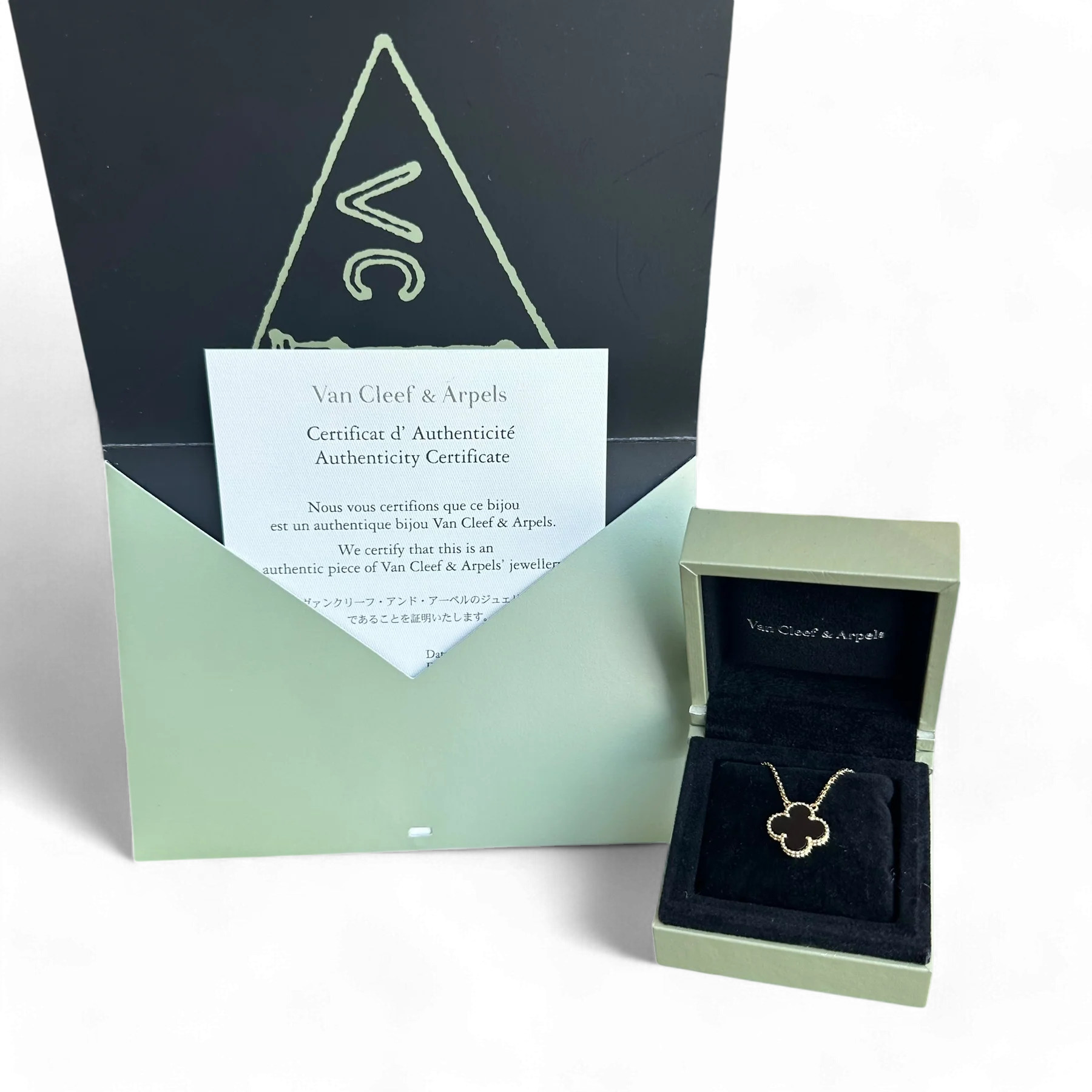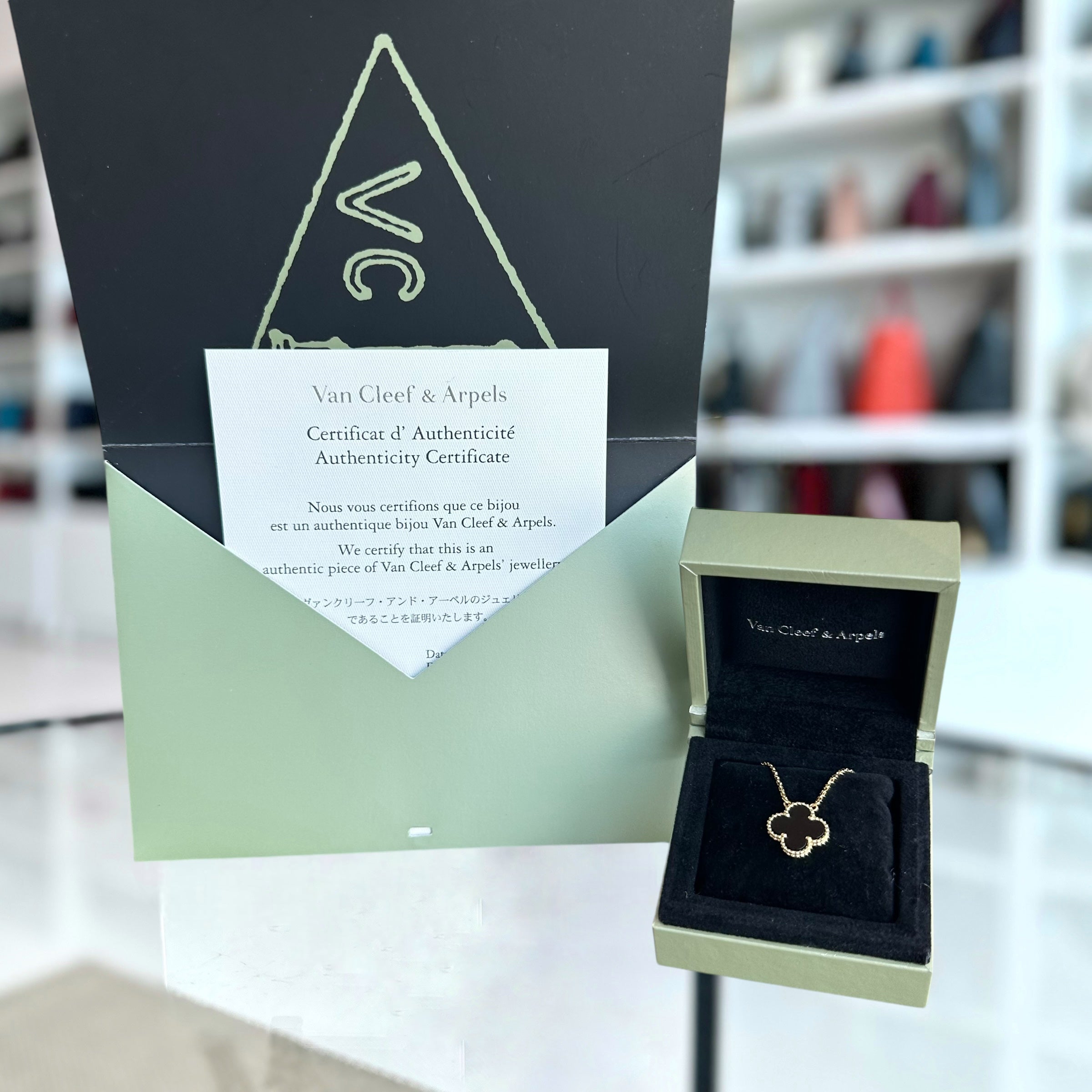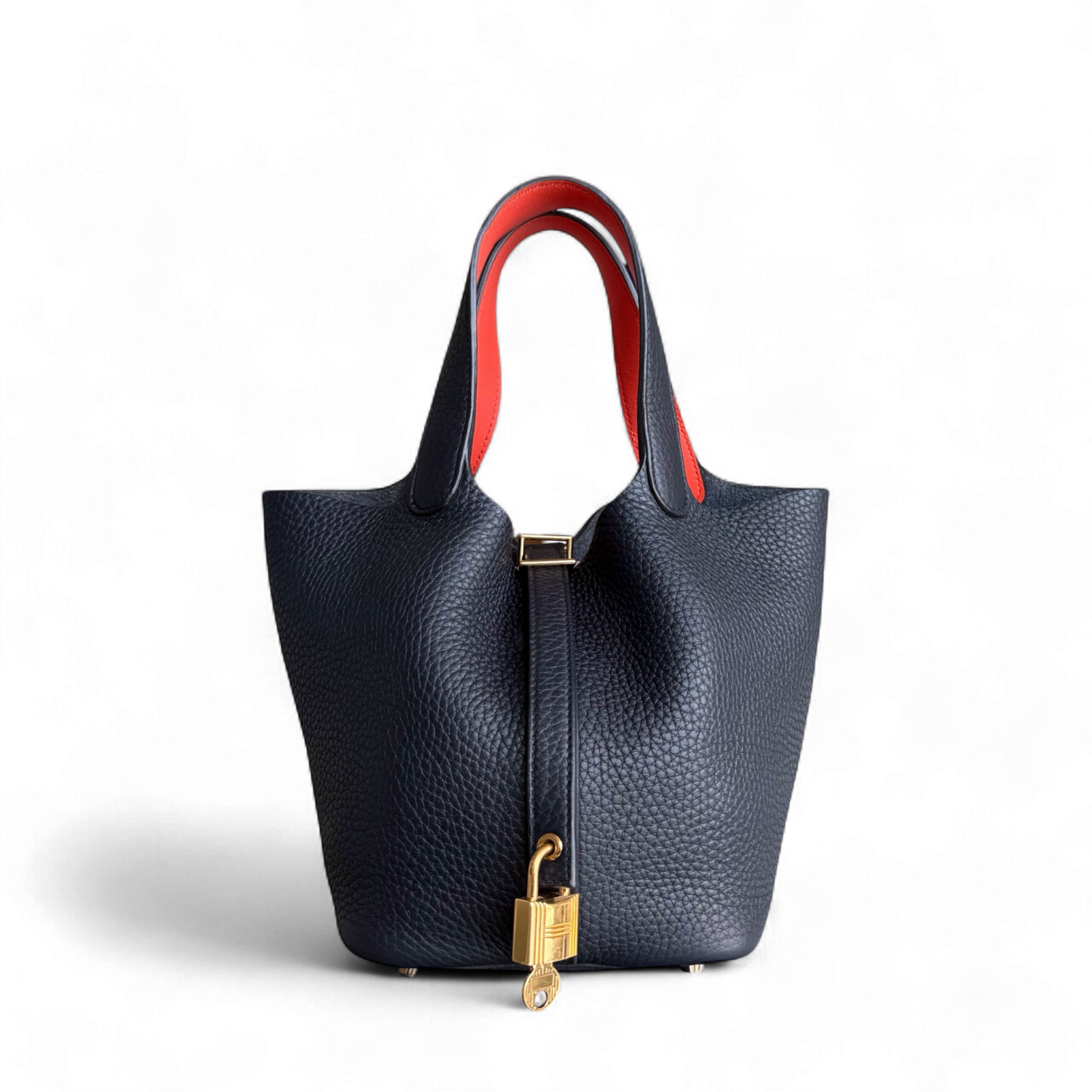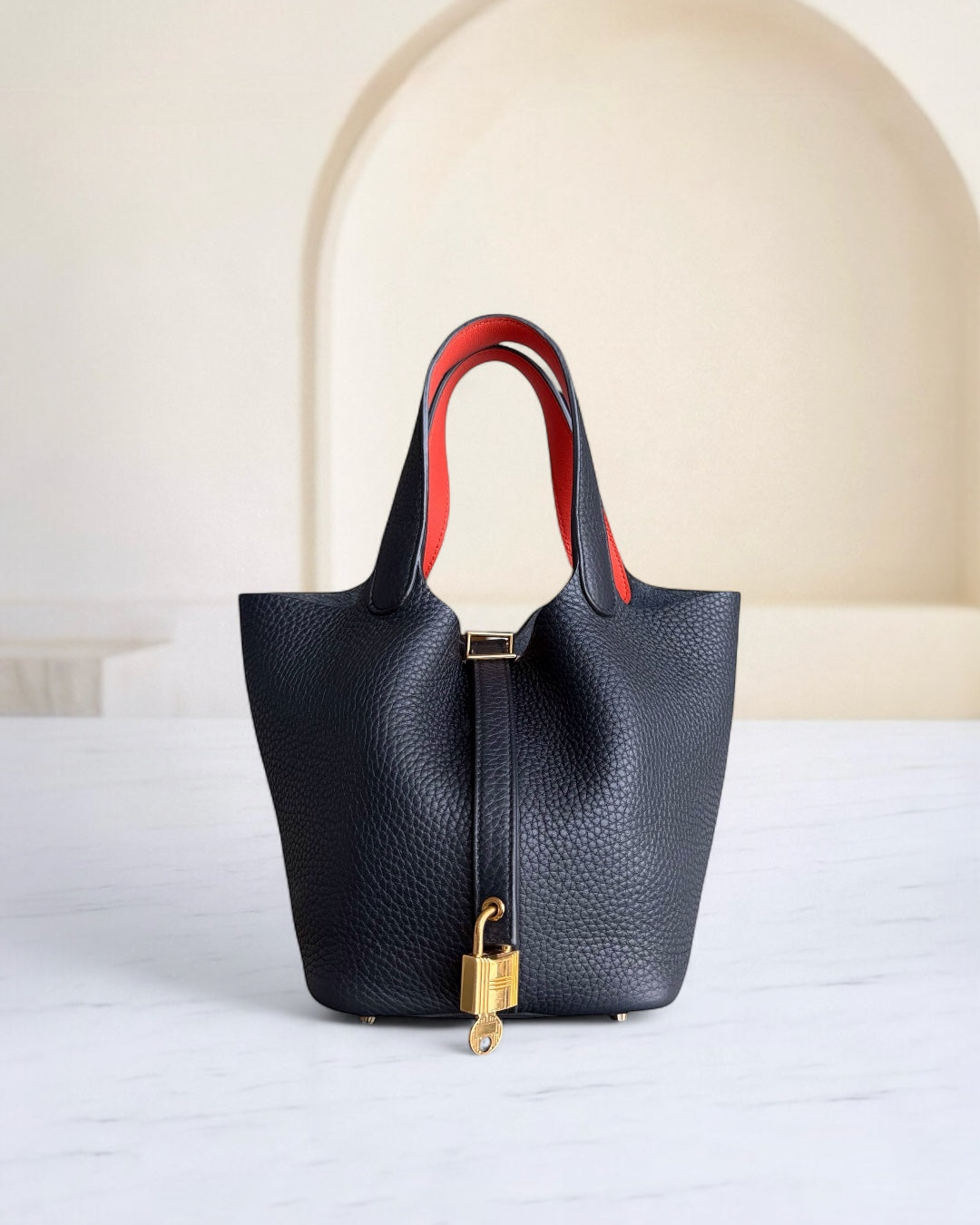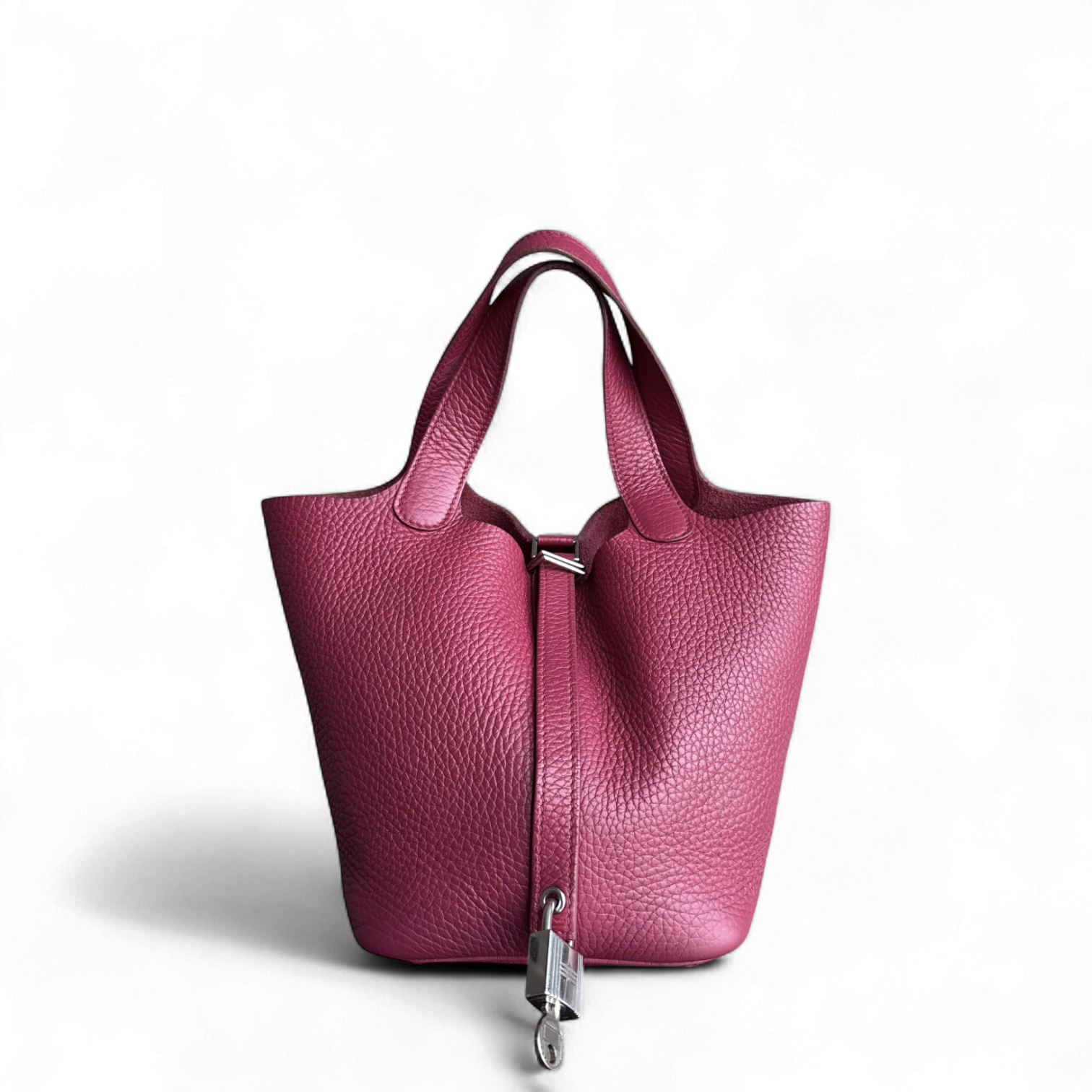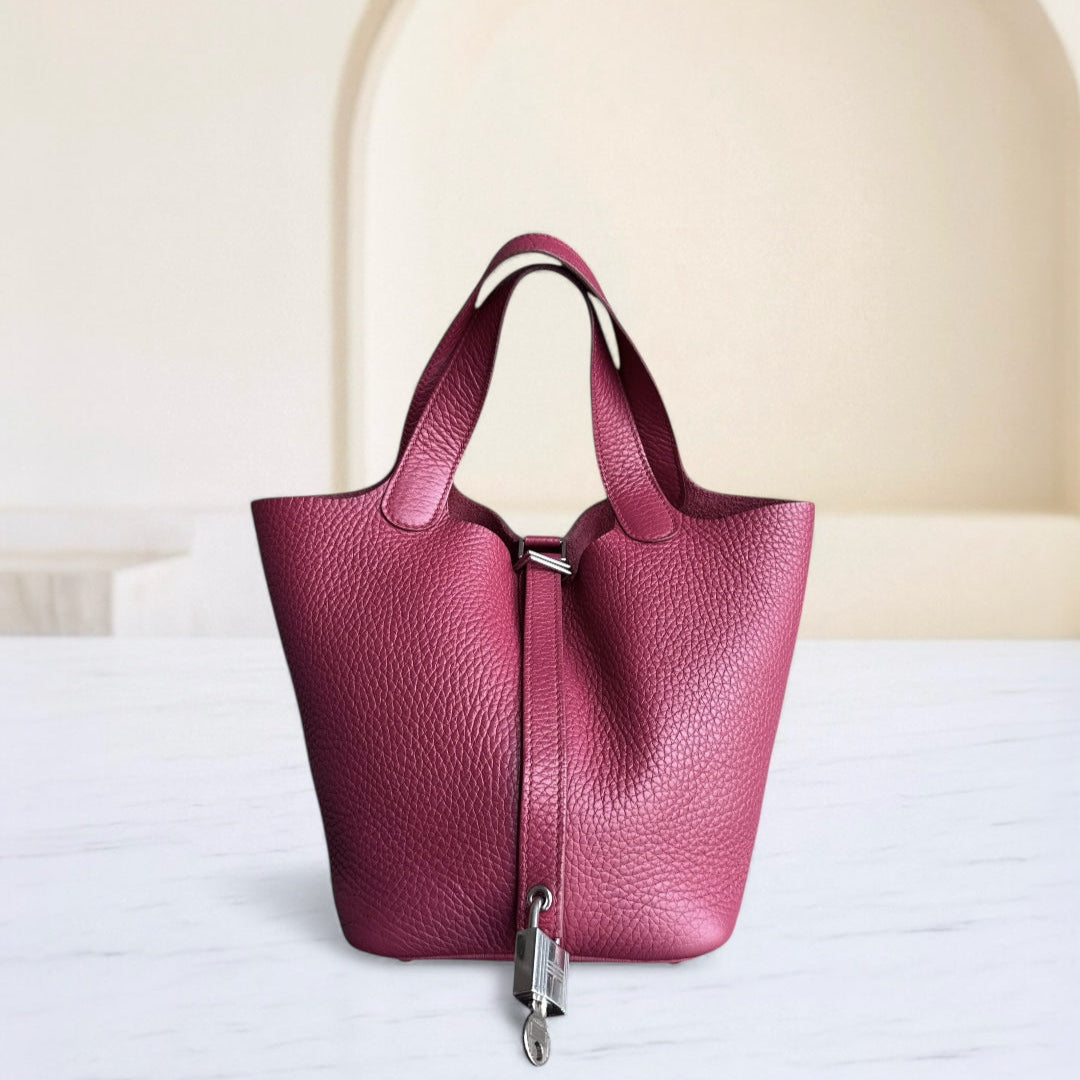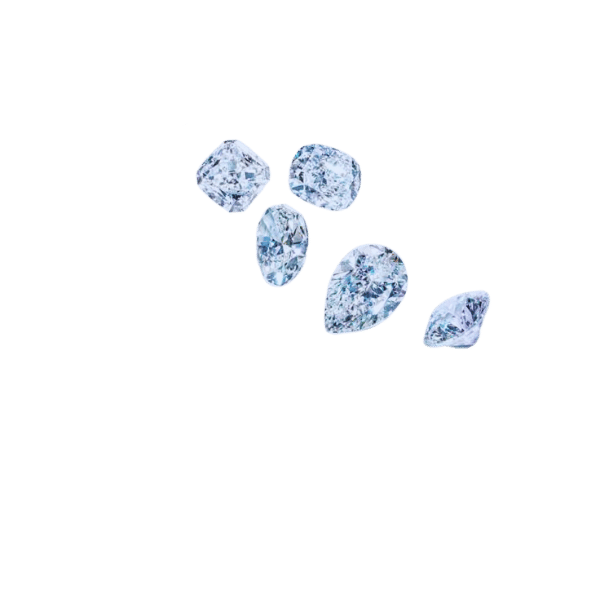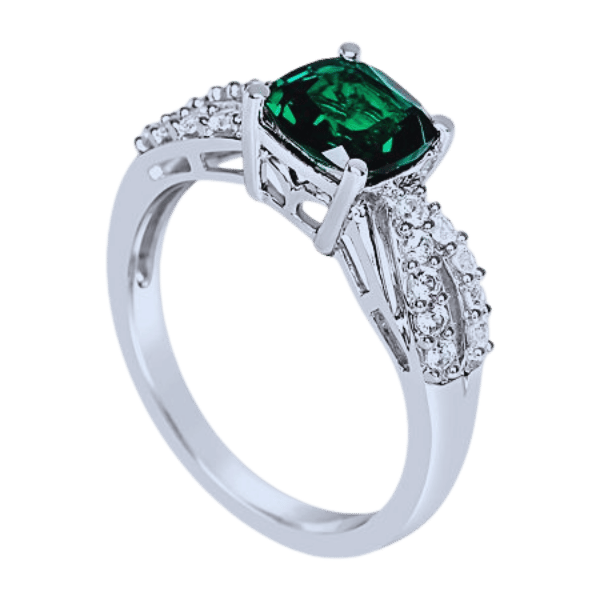Understanding Sapphire Value: How Much Are Sapphires Worth?
Rich colors and sapphire jewels have always been among the most popularly coveted gemstones in the world. From a collector's perspective, how do you determine their actual value? For gemstone lovers, understanding the factors that influence the pricing of sapphires is essential. This article explains the key determinants of sapphire jewels’ value, including color, clarity, cut, origin, and more. By the end, you will better appreciate why sapphire is priceless and what insights you need to decide when purchasing or appraising such stunning gems.
What Factors Determine a Sapphire's Value?

A sapphire's value hinges on four key components: color, clarity, cut, and origin.
- Color: The most essential trait is color, which differs from the others in importance. The hue's depth and vibrancy can amplify or reduce a sapphire's value and pricing, such as deep cornflower blue and royal blue. Sapphires exhibit even color distribution throughout the stone without zones of lighter or darker shades.
- Clarity: High-quality sapphires have high-grade transparency with very minimal inclusions, as even the slightest visible flaws can impact the transparency and luster of the stone. However, some inclusions are accepted as long as the structural beauty of the gem is not affected too much.
- Cut: A well-executed cut will significantly enhance the brilliance and color of the sapphire, while poorly executed cuts will do the opposite, making it appear dull and uneven and ultimately reducing its value.
- Origin: Due to the exceptional quality of the stone and the historical importance the source holds, their stones are much more precious. More desirable sources such as Kashmir, Burma (Myanmar), and Sri Lanka hold stunning sapphires with unparalleled eye-catching beauty.
The traits above are the nuggets that mark the quality of a sapphire, and because of this, they also determine its market value.
How Color and Clarity Affect Sapphire Price
Sapphire quality varies; color and clarity are the most prominent factors affecting its prices. Sapphires that show incredible value display colors, especially blue, which is the most coveted, with vivid intensity and distribution evenly balanced; other qualities of padparadscha sapphires also exist. Untreated semi-fine stones in deep blue colors typically sell for a lot more. All these factors also affect the price of the sapphire as value-diminishing flaws affected by remarkable clarity, such as visible inclusions, negatively impact a sapphire’s aesthetic appeal and market value. Minor inclusions are easily overlooked if the overall color or brilliance of the stone is maintained. The most expensive sapphires are the ones that have exceptional color and high clarity, which makes these sapphires highly sought after.
The Role of Carat Weight in Valuing a Sapphire
Sapphire's carat weight significantly impacts its value. As the size of a sapphire increases, its value increases as well, particularly in gemstones with great color and clarity. Though carat weight impacts value, it is necessary to examine this with other factors such as color, clarity, and cut, as all these define the overall quality and value of the gemstone.
What Makes High-Quality Sapphires More Expensive?
The rarity and sought-after qualities of high-quality sapphires make them costly. The best sapphires possess a deep saturated color, with “perfect color” being the top trait, without being too dark or dull. Clarity is another important term, as a sapphire with few inclusions is far more valuable. Moreover, the gemstone's cut improves its symmetry and brilliance, making it more expensive. These reasons, along with the absence of such stones, their color, clarity, and cut magnificently account for expensive sapphires, which can reach 25 per carat.
How Does Sapphire Price Vary by Type of Sapphire?

The Unique Appeal of Padparadscha Sapphires
Padparadscha sapphires are sought after for their distinct salmon pink to orange hues unmatched by any other gemstone. These sapphires are primarily mined in Sri Lanka, with lesser amounts coming from Madagascar and Tanzania. These sapphires are superior in looks, but their limited availability and unique coloration combine to form the most expensive type. Their scarcity makes them a jewel of choice among gemstone collectors and those who appreciate fine jewelry. The demand and their uniqueness in the market further increase the value of their purchase.
Exploring the Value of Royal Blue Sapphires
Royal blue sapphires are highly valued because of their stunning color, clarity, and scarcity. The primary determinant of their value is their deep blue velvety hue, which is most pronounced in the finest gemstones that are perfectly colored and saturated. Unlike the others, Kashmir sapphires are unique in that their quality is beyond exceptional, being some of the finest prized gemstones from this region. Sapphires from Kashmir, Myanmar, and Sri Lanka are their primary sources. These particular royal blue sapphires are still in demand in the luxury jewelry market, reinforcing their status as a sign of elegance and a great investment opportunity for collectors.
Why Are Kashmir Sapphires So Highly Valued?
Kashmir sapphires are among the most prized gemstones in the world due to their incredible quality, extreme rareness, and rich history. Kashmir sapphires have a beautiful, signature velvet-like cornflower blue color with astonishing clarity, unlike sapphires from other regions. The mines in Kashmir were actively producing sapphires only during the 19th century till the early 20th century, which drastically reduced the availability of these sapphires. Their tremendous quality and scarcity make Kashmir sapphires the most sought-after gemstones in the world.
What Impact Does Carat Weight Have on Sapphire Value?

Why a 1 Carat Sapphire Can Vary in Price
There are multiple reasons behind the variations in the price of a 1 1-carat sapphire. Color is most likely the most significant determinant. Vivid and saturated royal blue or pink colors would cost more than other colors. More apparent stones are more expensive than those with a more significant number of inclusions. This is where their origin comes into play, for gemstones from Kashmir, Burma, and Sri Lanka are well-known and priced at a premium. Untreated stones of these origins are scarce and expensive, increasing the price even more. Heat enhancement treatment also adds value to these stones. All these factors decide the final market value of a 1-carat sapphire.
Understanding Price Per Carat in Sapphires
Several crucial factors, such as color, clarity, origin, and treatment, greatly influence the price of sapphires per carat. The most valuable sapphires have unique and intense tones, incredibly vivid blue and pink. Sapphires are also more useful when they have more clarity and fewer inclusions. Kashmir and Sri Lanka have renowned sapphire origins, and these stones have historical associations that greatly devaluate them over time and their unmatched quality. Sapphires that are not treated or enhanced through heat are more expensive and rarer than those that have been treated. All of these add up and determine the price per carat of the sapphire. Hence, they must all be analyzed precisely to assess their value.
How Does a Small but High-Quality Sapphire Compare Financially?
While assessing the monetary worth of a small yet exquisite sapphire, its inherent attributes tend to surpass its dimensions. Sapphires with vivid colors and exceptional clarity continuously fetch elevated prices per carat, even when their magnitudes are small. For example, untreated fine-quality sapphires from renowned sources like Kashmir, Burma, or Sri Lanka go for anywhere between $800 to more than $10,000 a carat, depending on the demand and how rare it is in the market. Moreover, the smaller, more appealing stones with higher luster and lesser inclusions create a substantial market for custom-made jewelry, most importantly engagement rings, where the crafted item can be more valued for its quality than quantity. The appeal of these miniature, high-grade sapphires proves how their value can change drastically depending on the factors of origin, rarity, and treatment, regardless of their dimensions.
Why Choose a Sapphire Engagement Ring?

The Symbolism Behind Choosing a Sapphire Over Diamonds
For centuries, sapphires have been affiliated with wisdom, virtue, and sincerity, making sapphires a respectful substitution for traditional engagement diamonds. Stones are not as simple as diamonds, representing power and infinity; sapphires carry a more profound meaning regarding loyalty and trust. Earlier, civilians such as clergy wore sapphires to showcase the favor of grace and integrity. The selection of sapphires for modern couples demonstrates support towards unconventional values or the wish to be distinct while still using timeless gemstones.
Recent trends have also highlighted the increasing demand for sapphire rings. The versatile colors make these rings even more desirable for those who want something different. Apart from the traditional royal blue, sapphires can also be found in exquisite yellow and pink hues. Sapphires also make perfect everyday wear jewelry, ranking nine on the Mohs scale of hardness. Evidence suggests that these gems attract buyers due to the lower ethical environmental damage caused by mining specific colored stones compared to diamonds.
Choosing sapphires allows buyers to appreciate their beauty and meaning and be reminded of the intricacy and depth the gem symbolizes for those in a loving commitment.
How to Ensure Your Sapphire Engagement Ring Retains Its Value Over Time
Regular upkeep makes a difference in retaining value and preserving beauty. Like all other gems, Sapphire gemstones require a proper cleaning regimen, so start using a soft brush with soap and warm water. Be sure not to expose the gemstone to extreme chemicals or temperature changes, as it may further damage the setting or the gemstone itself. Scratch prevention through storage is key, so place the gemstone in a soft pouch or a compartment free from heavier materials. To retain the beauty and value of the gemstone, have a jeweler look at it every so often to ensure the gemstone is secure and the setting is in decent shape. Insurance comes in handy when appraisals must be updated, so consider doing that to stay aligned with market values.
What Are the Best Practices for Buying Sapphire Jewelry?

How to Distinguish Between Natural and Treated Sapphires
Natural sapphires arise spontaneously, while treated sapphires are enhanced in some way. Here are some ways you can tell either of the two apart:
- Examine The Color: Natural sapphires have subtle variations or inclusions in their colors. In contrast, treated sapphires show more vivid, uniform colors because of enhancement methods such as heat treatment.
- Look for Inclusions: Natural sapphires, also called inclusions, contain internal imperfections that can be observed under magnification. Treated sapphires, on the other hand, may show patterns or evidence of treatment supporting them, like heat fractures.
- Request Certification: Always ask for a certified gemological report from a reputable lab like GIA (Gemological Institute of America) or AGS (American Gem Society). Such documents will state if the sapphire has been treated.
- Consult a Professional: Only a qualified jeweler or gemologist with specific credentials and sophisticated devices can examine a sapphire to determine whether it is natural or treated.
You can intelligently and strategically purchase sapphire jewelry without worrying by employing these techniques.
Tips for Identifying Rare to Find Blue Sapphires
- Evaluate Color Intensity: Rare blue sapphires are typically deep, vivid blue with high saturation. Avoid these stones if they are incredibly dark or pale, as they are less likely to be rare.
- Check for Uniformity: Check the sapphire for uniform coloration throughout. Stones with a patchy or mottled appearance may be less valuable.
- Confirm Origin: Request relevant documents or certifications that state the stone's geographic origin. Sapphires from certain mines, such as Kashmir, are famous for their quality and rarity.
- Inspect Clarity: While inclusions are regular, uncommonly, the finest and the rarest blue sapphires have minimal visible imperfections that do not reduce their brilliance.
- Request a Laboratory Certificate: The sapphire should come with credible authentication reports from the GIA or SSEF. These institutions ensure that the stone's rarity and quality are unquestionable.
When followed closely, the steps above assist you in proving or disproving the individual's claim of having rare blue sapphires.
How to Assess the Value of the Stone Before Purchase
To complete a sapphire value assessment before purchase, carefully analyze the following indicators:
- Color: Among sapphires, the most valuable ones are the vivid deep blue. Avoid overly dark or light, as the latter does not appeal to many.
- Clarity: Search for a stone whose inclusions are not visible. While inclusions do happen, they need not be visually noticeable for the gem to be beautiful.
- Cut: A perfectly cut sapphire will evenly reflect light and have greater appeal, beauty, and brilliance.
- Carat Weight: Pricewise, more enormous sapphires are scarcer and therefore more expensive, though the quality of the other factors should also be examined.
- Certification: Provide a certificate from a specialist gemological laboratory, such as GIA or SSEF, for the stone to be authenticated, evaluated, and traced back to its source.
Considering these sections makes determining a sapphire’s value easier, aiding in the analysis before purchase.
Frequently Asked Questions (FAQs)
Q: What aspects determine the price of a sapphire?
A: The price of a sapphire is determined by several aspects, such as its color, clarity, size, origin, and any treatments it may have undergone. The value Of sapphires, deep blue or cornflower blue, is incredibly high, particularly in the 1 to 2-carat range. Natural sapphires with minimal inclusions are generally lower grade and, therefore, less expensive; lower quality sapphires have better clarity than higher grade sapphires.
Q: What is an exceptionally valued sapphire?
A: A greatly valued sapphire often has a desirable blue color, high clarity, and low occurrences of inclusions. Extremely clear and high-quality natural sapphires from well-known origins, such as Burmese, are considered valuable and expensive.
Q: How does the value of sapphire increase with its size?
A: Often, the larger a sapphire's size, the higher the price. However, exceptions exist, such as a smaller, high-grade sapphire worth more than a more enormous, low-grade sapphire. With the size of the sapphire comes the value proportionally, which increases drastically in the case of sapphires with exceptionally high clarity.
Q: What role does color play in the significance of a sapphire?
A: Regarding a sapphire's worth, color is one of the most important. The most prized sapphires are the ones with a vivid deep blue or cornflower blue color. Blue sapphires with high saturation that do not appear too dark are more valuable.
Q: What is the value of a sapphire impacted by inclusions?
A: Inclusions can negatively impact the value of a sapphire. Although some inclusions are expected in sapphires, those that lower the value significantly and render the sapphire opaque are avoided. Sapphires that have unusually high clarity are deemed rare and thus more valuable.
Q: How does the value of treated sapphires compare to untreated natural ones in terms of value?
A: Because treated sapphires have enhanced color or clarity, they can be less valuable than natural sapphires. Untreated natural ones command a higher price in the market than any other treatment.
Q: How is padparadscha sapphire distinguished from the rest?
A: Their combination of pink and orange color towards the sunset colors makes padparadscha sapphires stand out. Therefore, this sapphire is viewed as more appealing and valuable than the rest.
Q: Are sapphires blue and pink sapphires worth more than their pink counterparts?
A: Buyers appreciate pink sapphires, especially those with vivid color and clarity, but ostracize them for being cheaper sapphire selections. While Burgundian sapphires might be relatively more expensive than petite but valuable blue sapphires, they are generally affordable. In other words, the price ranges of blue and pink sapphires overlap, but the pinks are usually abundant.
Q: How does a sapphire's origin affect its value?
A: A sapphire's region of origin strips it of its price in a distinct way. The best example would be politically sensitive Myanmar sapphires, exceptionally known for their alluring blue colors, which naturally raise their prices on the open market.
Q: How much is a single-carat sapphire typically priced at?
A: Depending on the stone's clarity, color, and origin, one can expect to pay between $25 and a few thousand dollars. The general rule is that the more expensive the stone, the higher its quality and deeply saturated blue hue will be.
Reference Sources
1. The Gemstones ‘Ruby’ and ‘Sapphire’ Fingerprints through the FTIR Method Alongside its Spectral Rothschilds
- Authors: António Soares de Sousa et al.
- Publication Date: February 7, 2025
- Summary: This article stresses the use of FTIR spectroscopy to differentiate natural, synthetic, and treated rubies and sapphires—the research aimed to find spectral fingerprints for various groups and treatments of gemstones. The results indicate that natural, untreated stones show certain spectral bands, which can differentiate them from both synthetic and treated stones.
- Methodology: The author worked with 25 rubies and sapphire stones with standard gemological instruments and FTIR spectroscopy for features linked to each gemstone type (Sousa et al., 2025).
2. Determination of Geographic Origin of Blue Sapphire
- Authors: Aaron C. Palke et al.
- Date of Publication: February 1st, 2019
- Summary: This document analyzes the role of geographic origin in valuing blue sapphires. The research shows that the value of sapphires can vary considerably depending on their geographic origin, with some places like Kashmir being exceptionally highly valued. The study indicates how gemological laboratories establish the origin’s value classification by employing extensive reference collections and sophisticated analytical techniques.
- Methodology: The authors conducted an extensive literature review on various origin determination processes, which involved matching with reference information and other sophisticated analysis techniques (Palke et al., 2019).
3. Composition of Oxygen Isotopes as a Tracer for the Sources of Rubies and Sapphires.
- Authors: G. Giuliani et al.
- Publication Date: April 1, 2005
- Summary: This study analyzes oxygen isotopes of rubies and sapphires from different deposits worldwide. As in other studies, it has been demonstrated that gemstones' value is significantly affected by their geological environment of formation. The δ18O value of rubies and sapphires can explain this.
- Methodology: The authors describe the oxygen isotopic composition of rubies and sapphires from 106 deposits and then relate these isotopic ratios to geological sources (Giuliani et al., 2005, pp. 249–252).
Contact Luxury Evermore should you need help with acquiring or building up your collection. There is a variety of brands with different styles, as well as sizes, and colors, for example, Hermes, Chanel, lv and Dior. If you are not lucky enough to find the bag you are looking for on our website then our concierge team will probably be able to order it for you. We provide 100% authenticity guarantee for all our bags, and any item sold on this site will be dispatched to you within one to two business days upon receipt of the payment.




